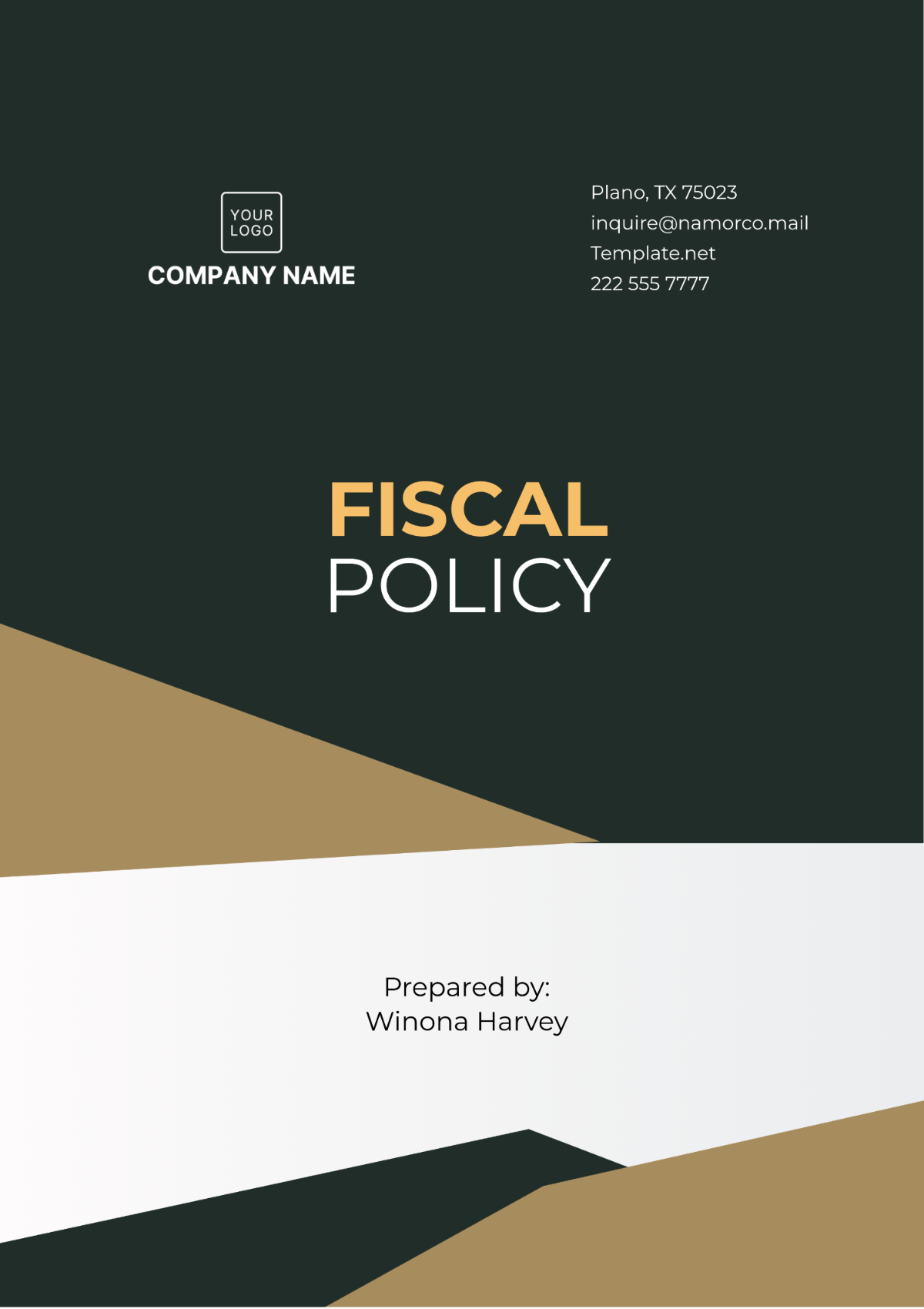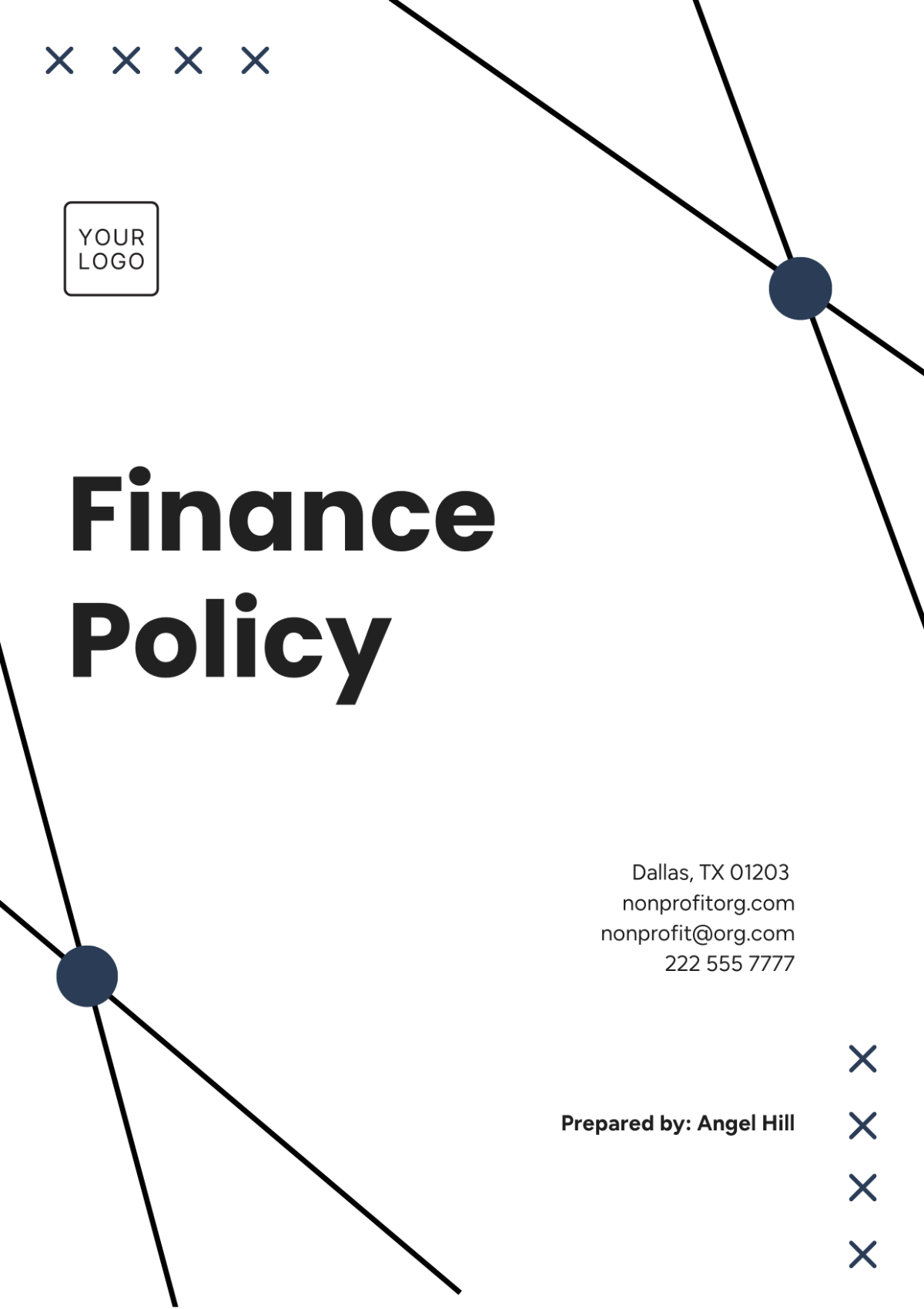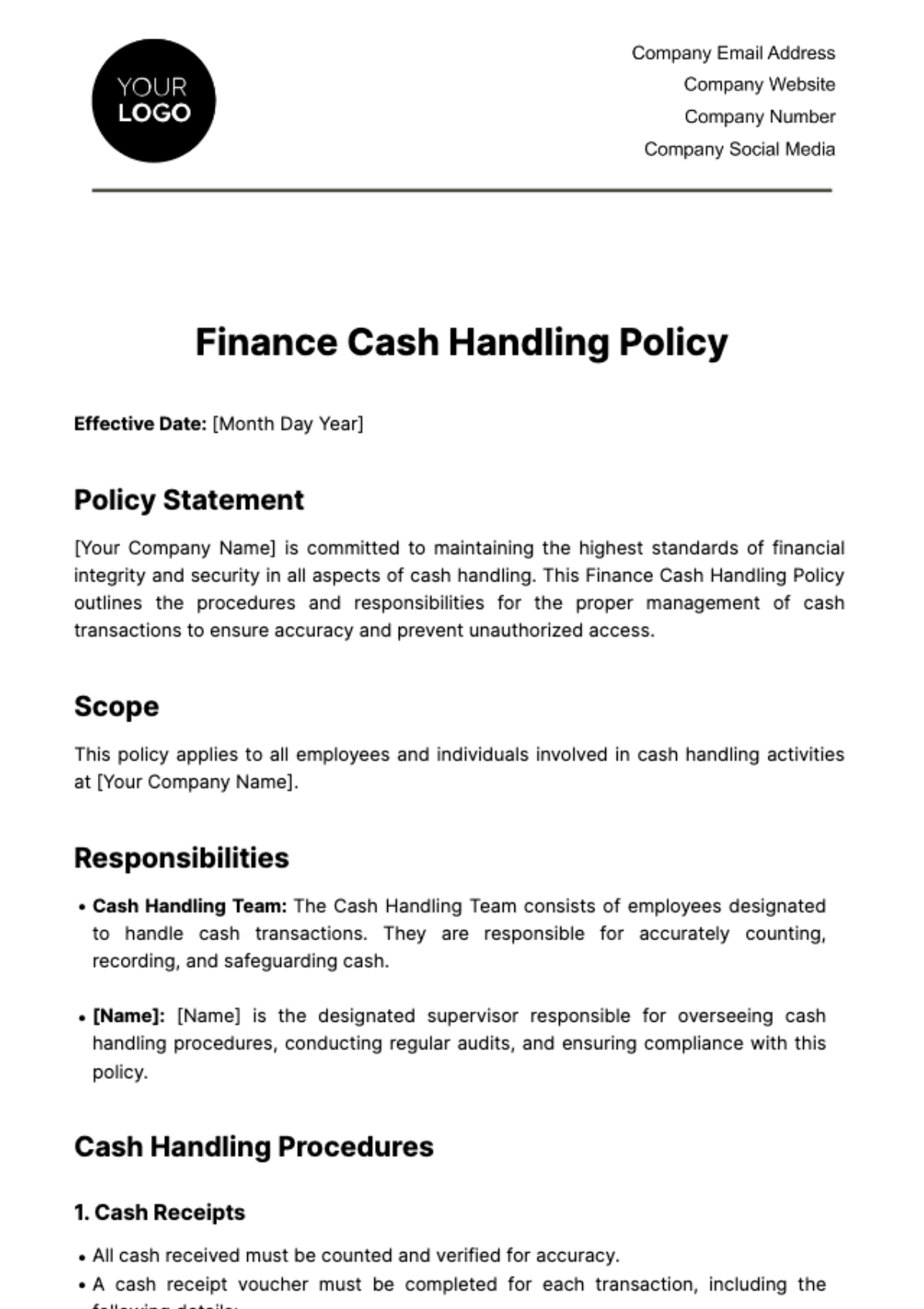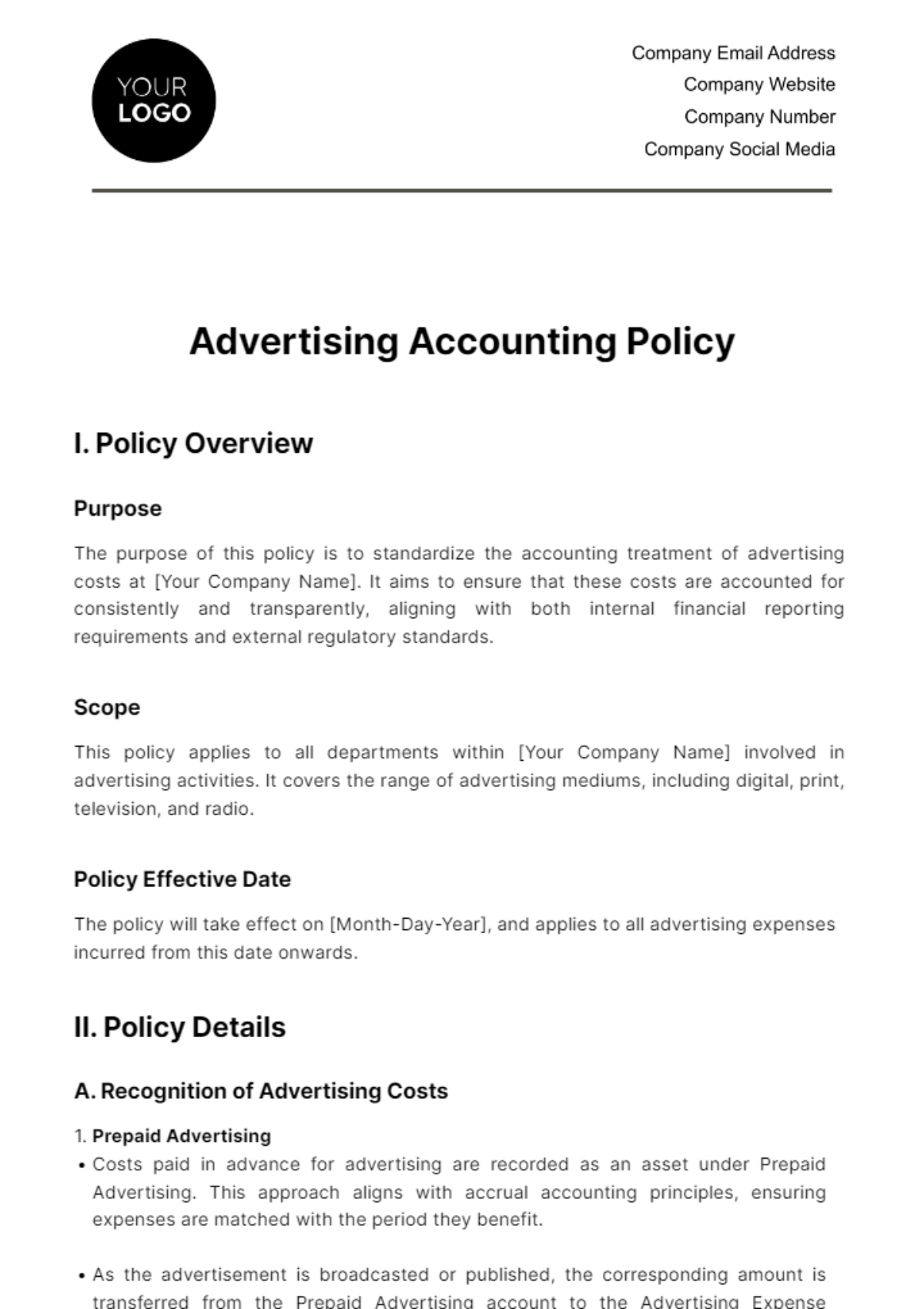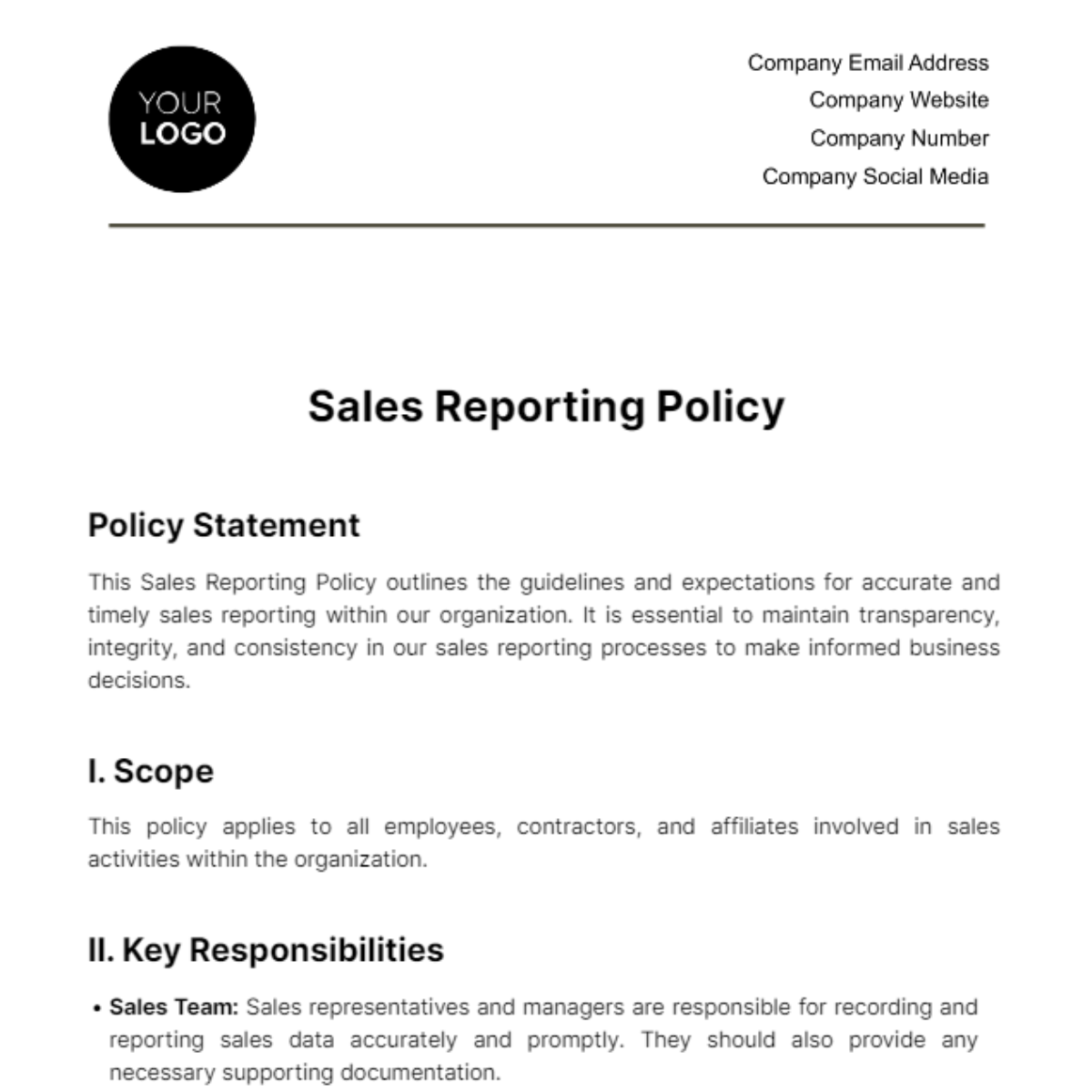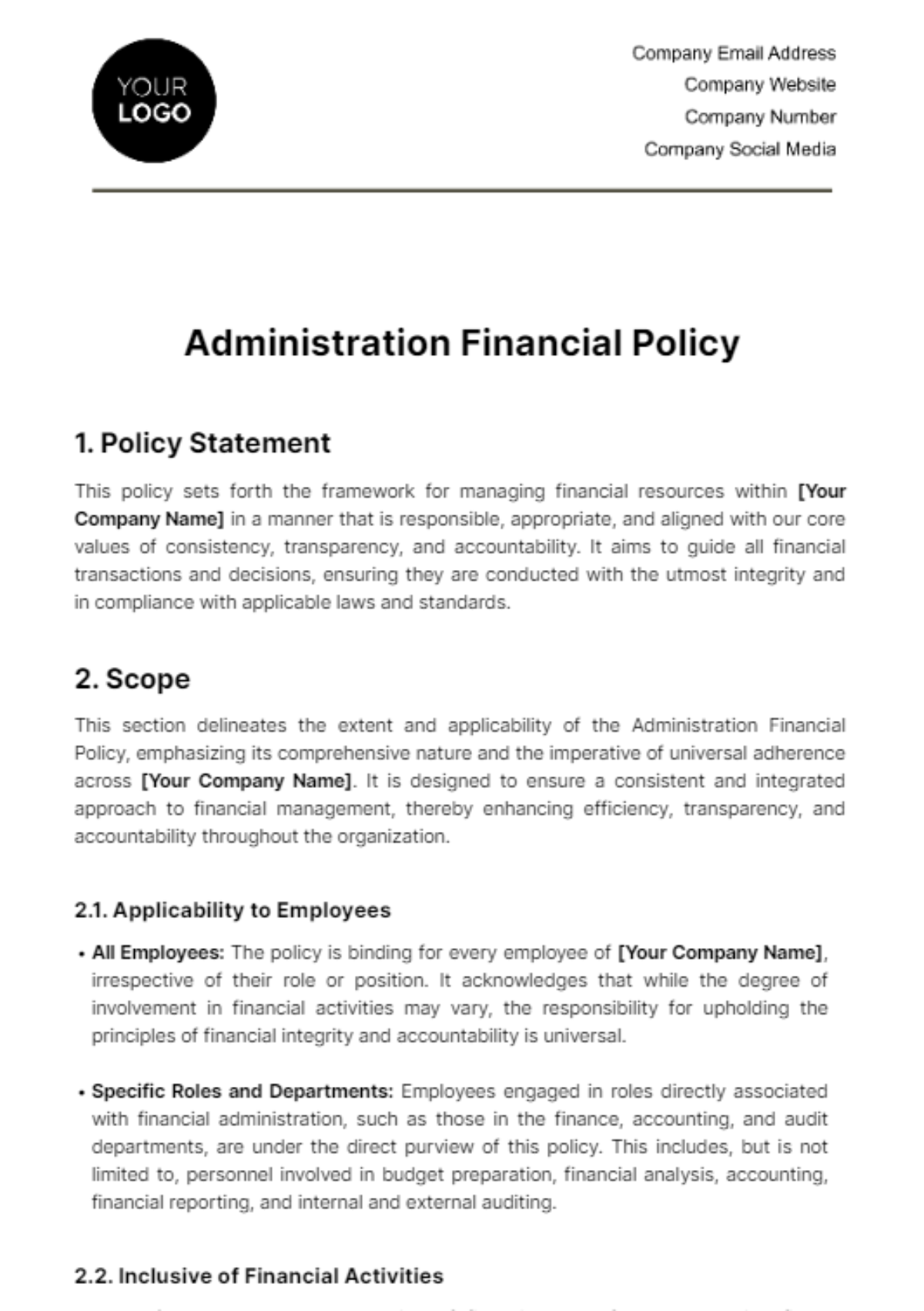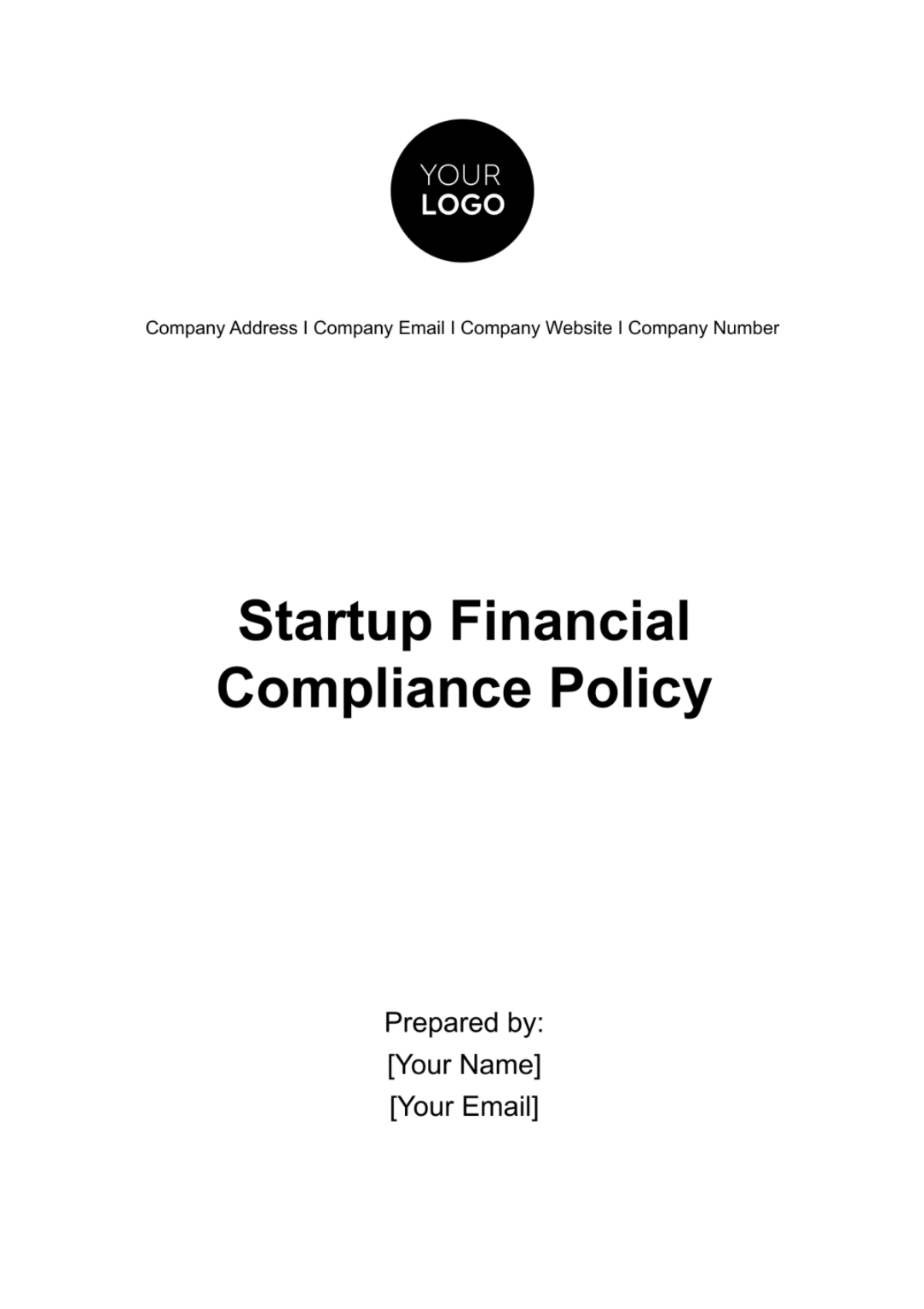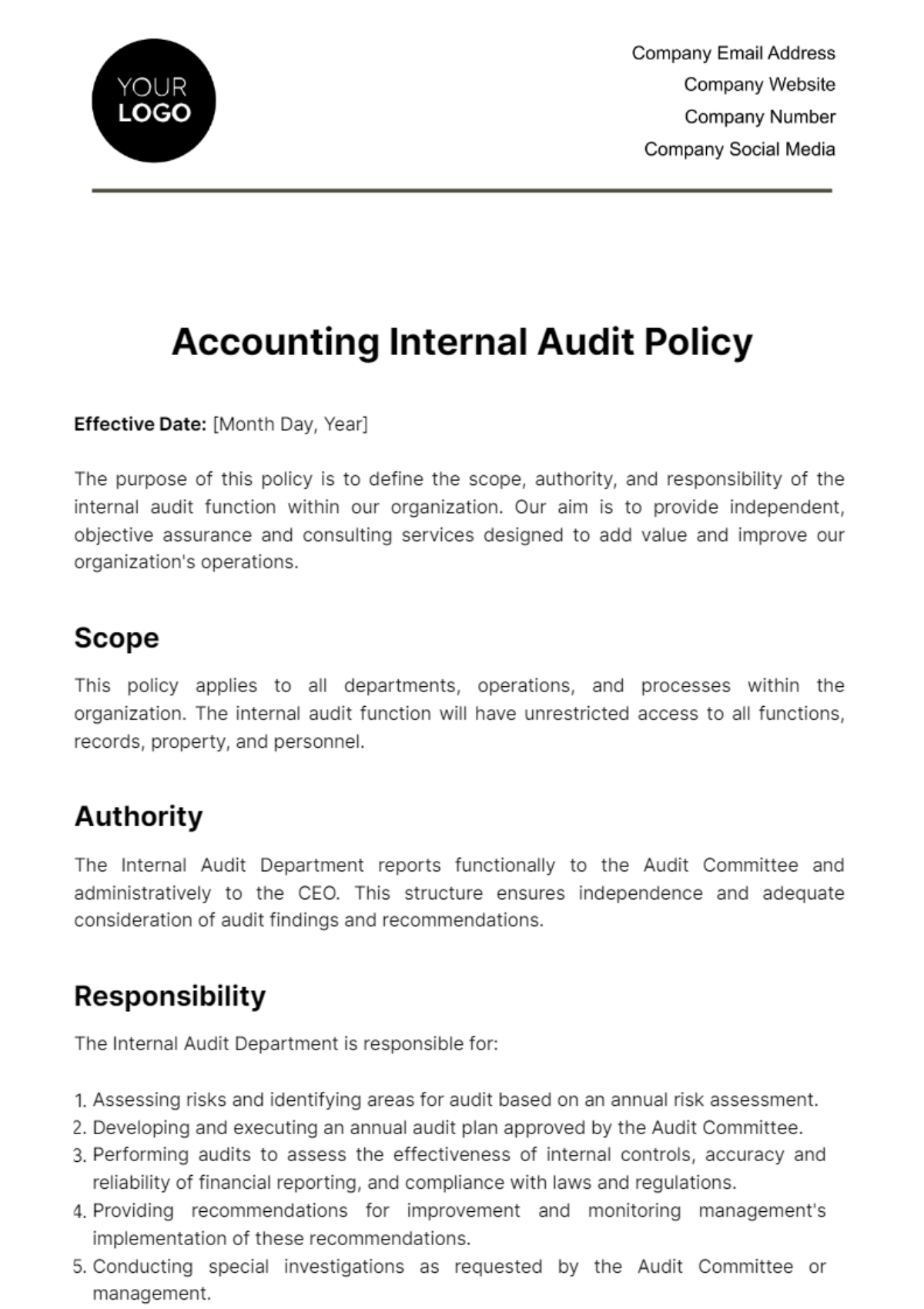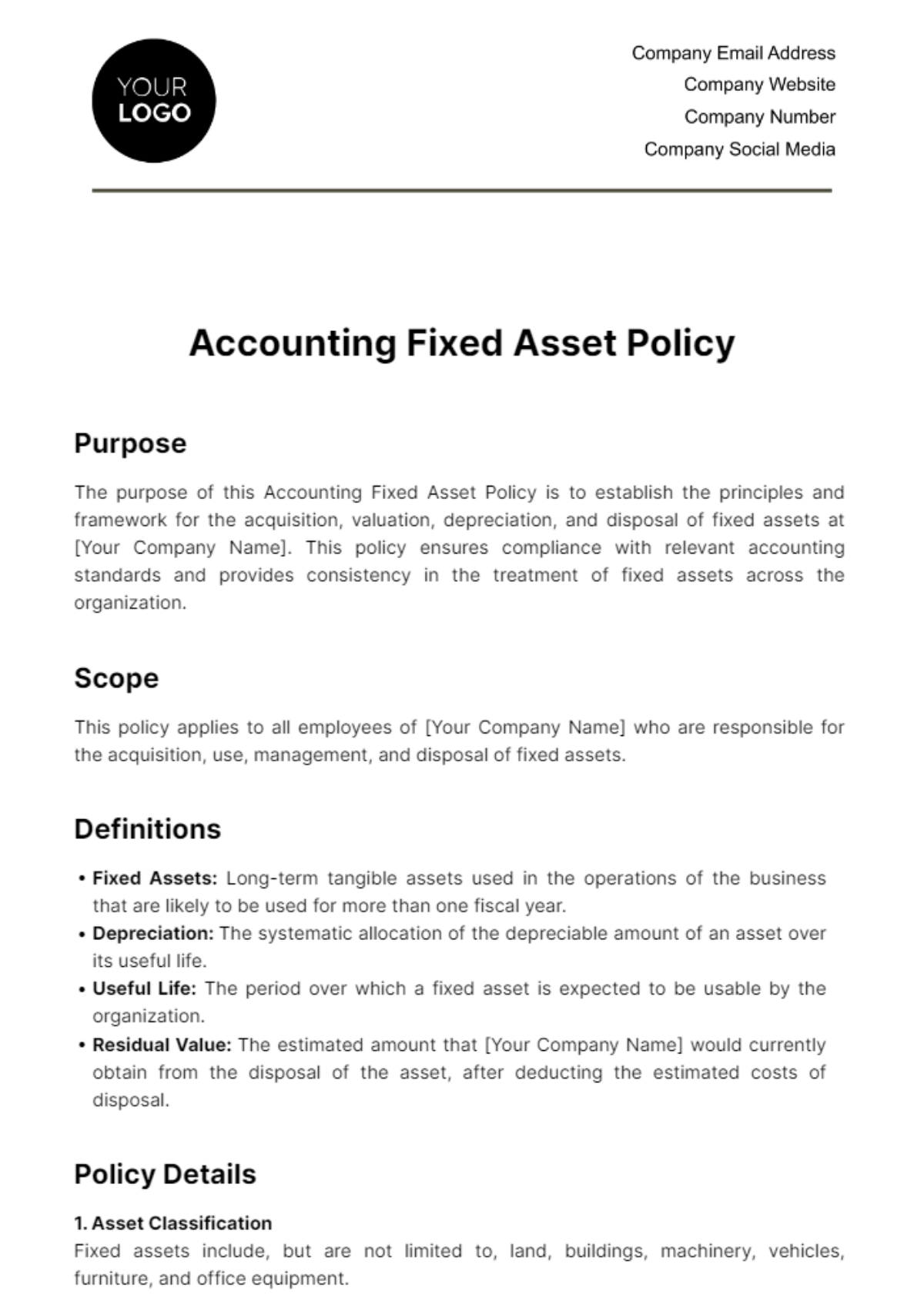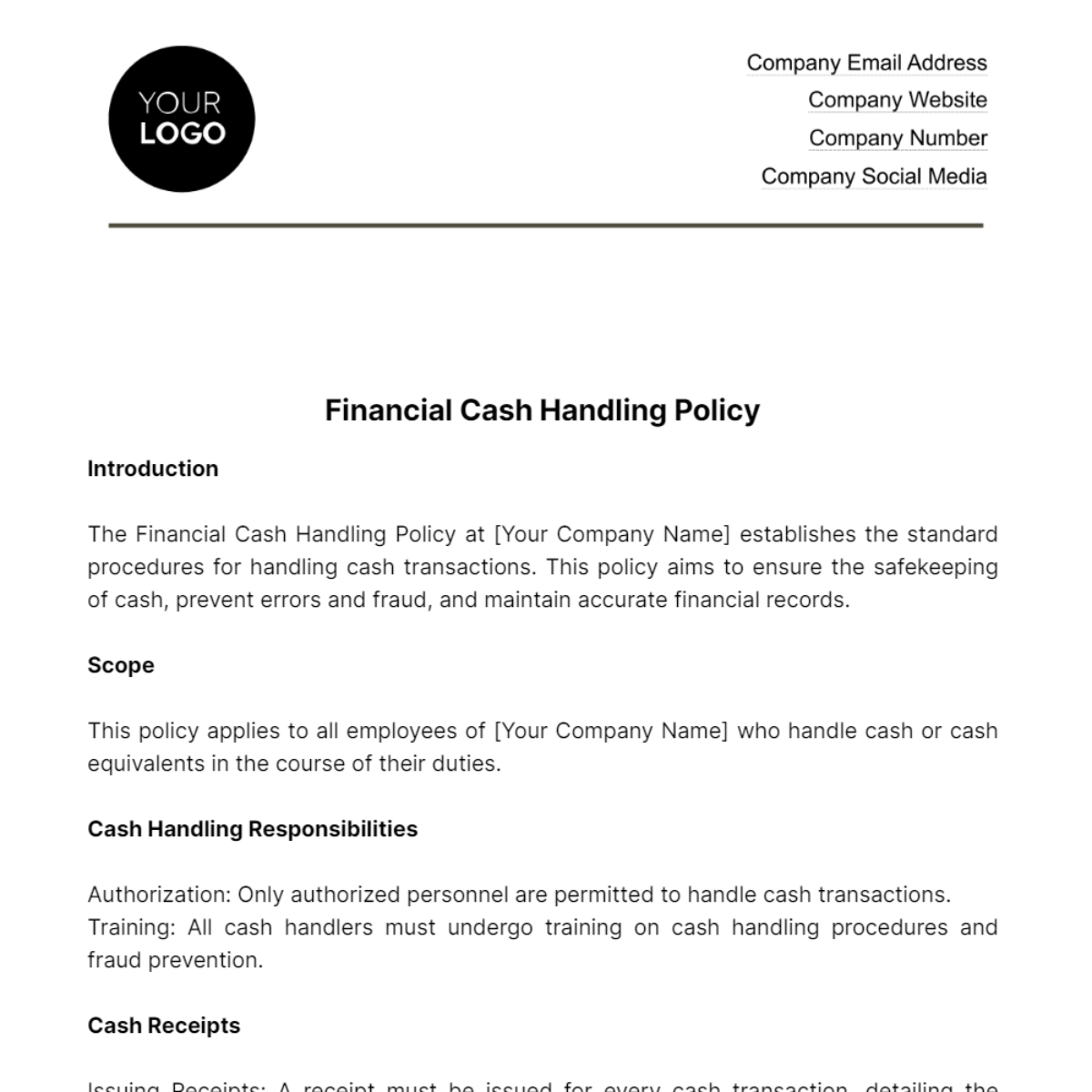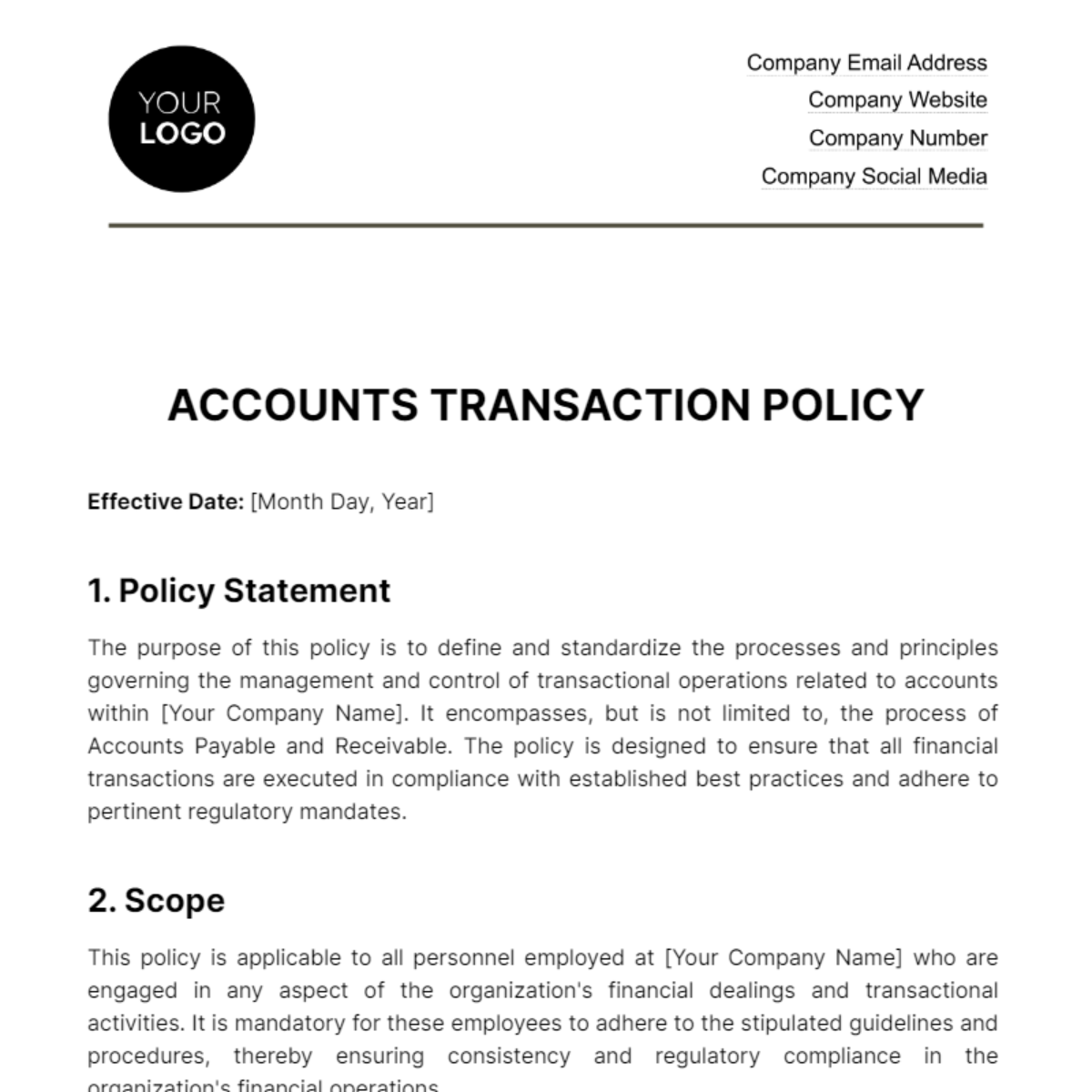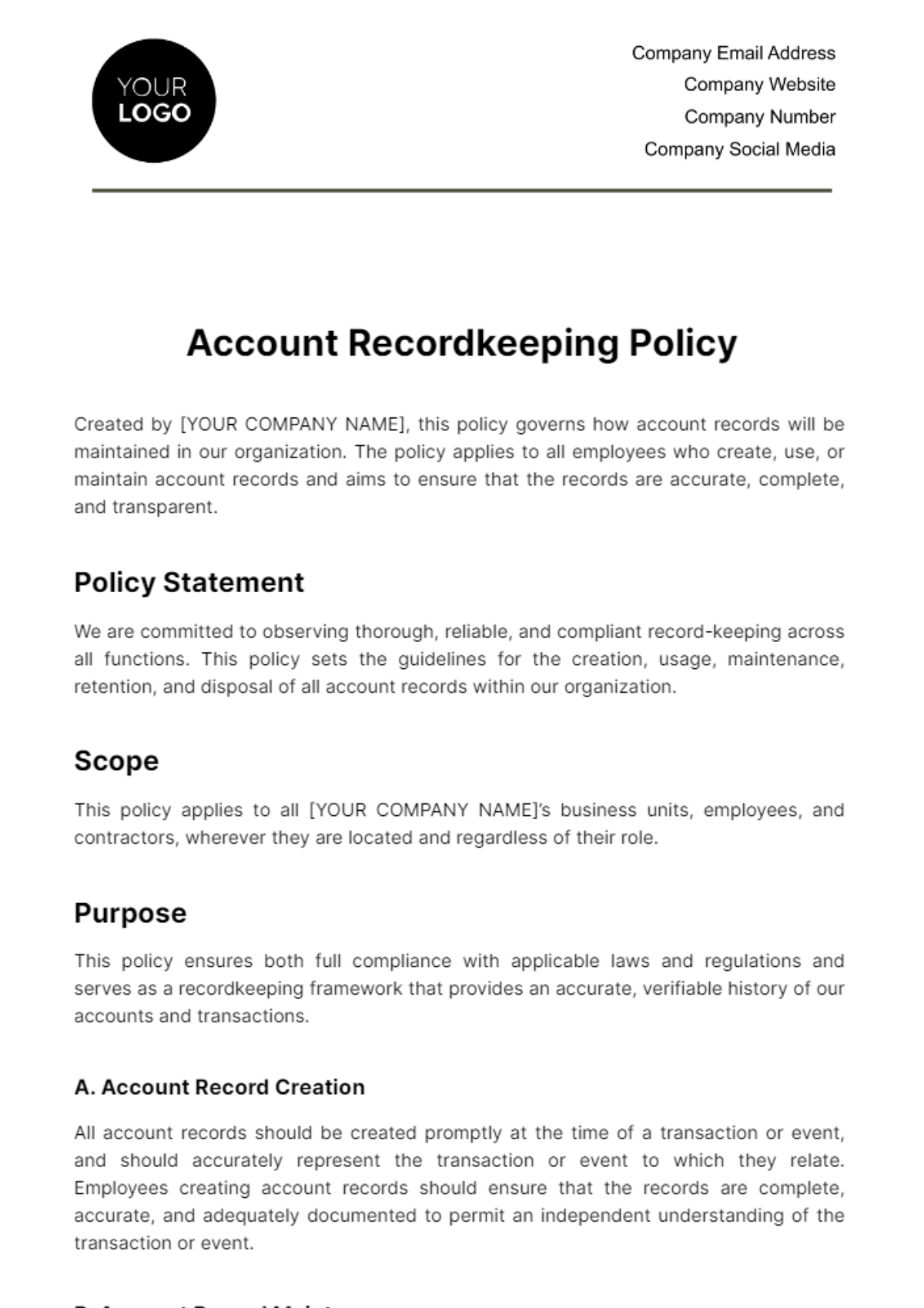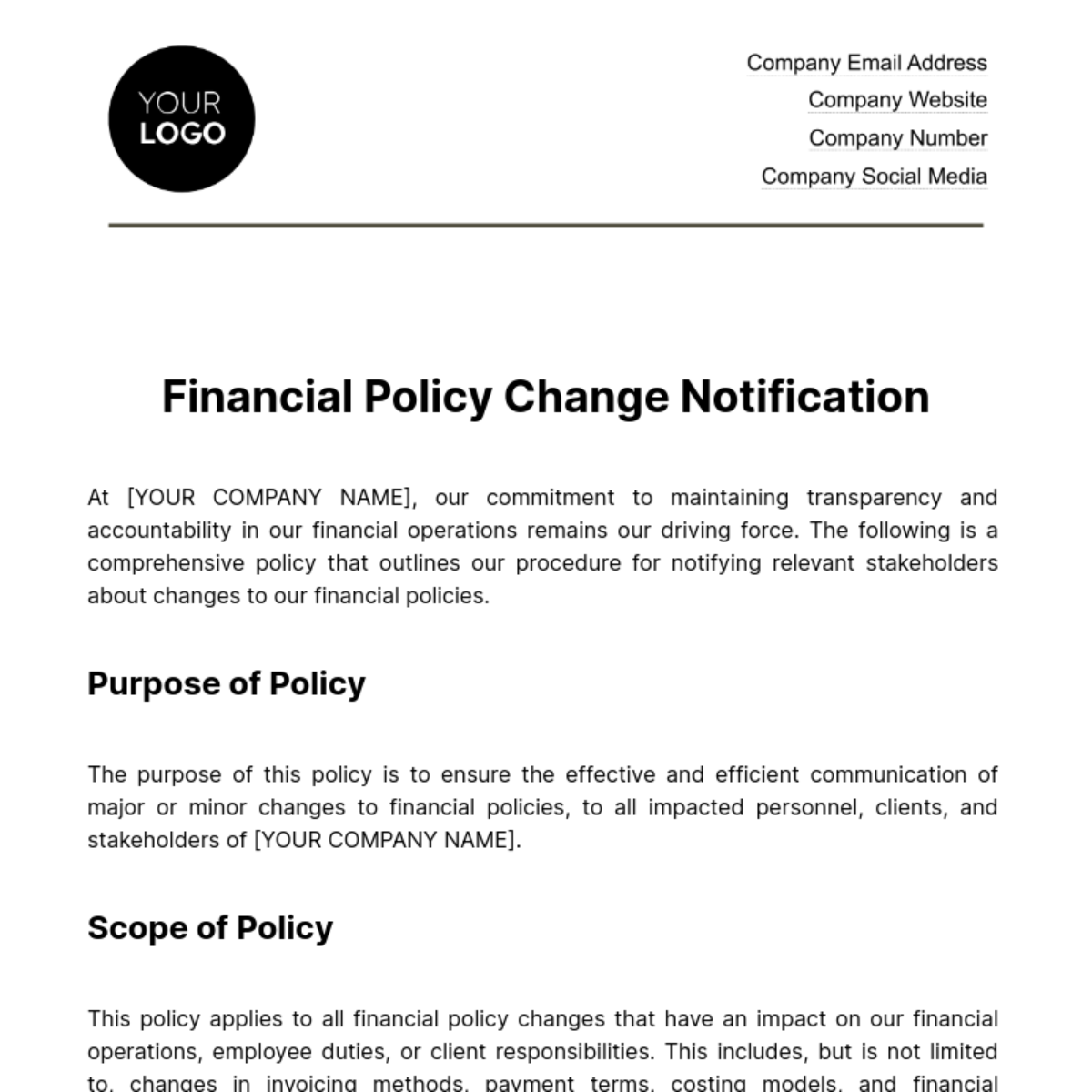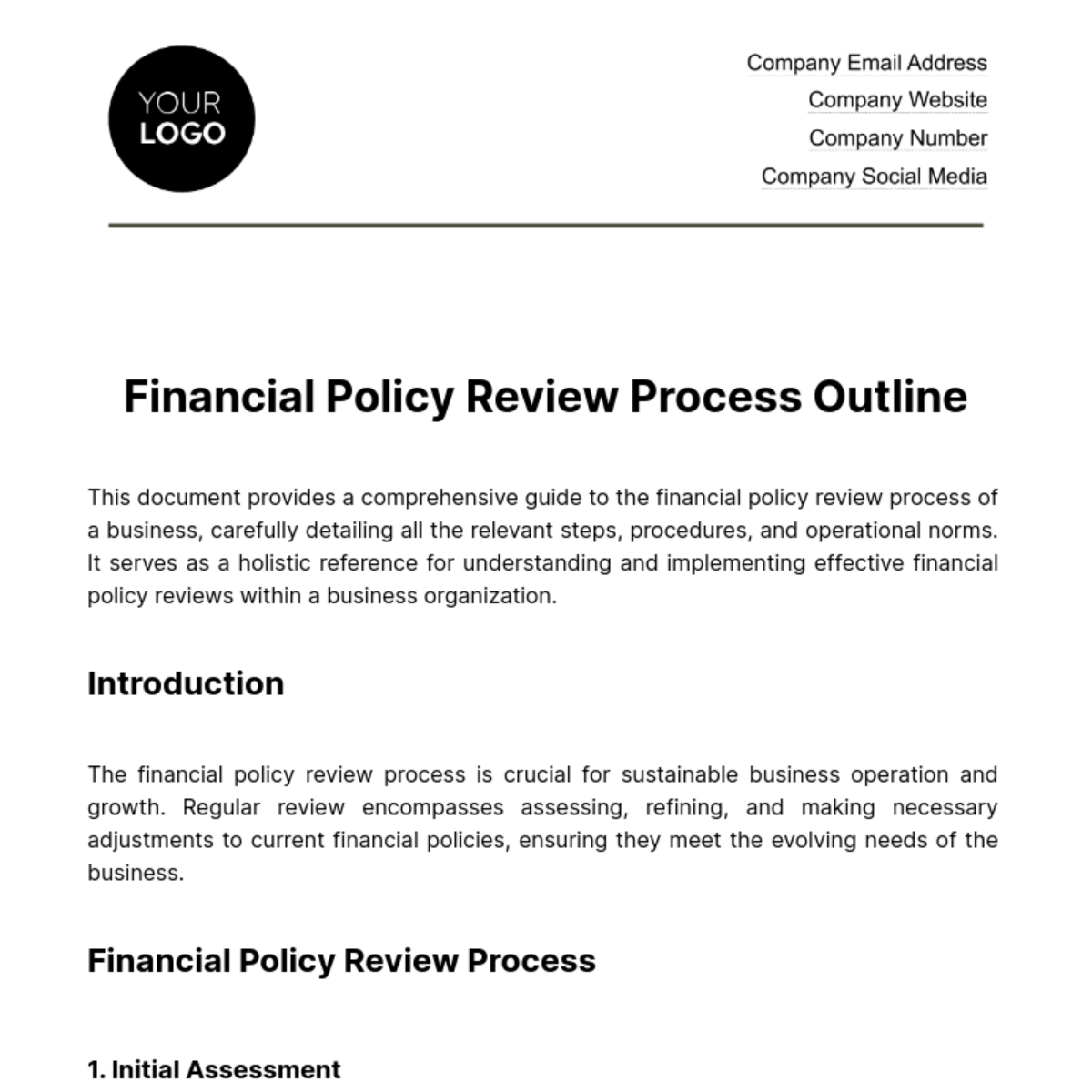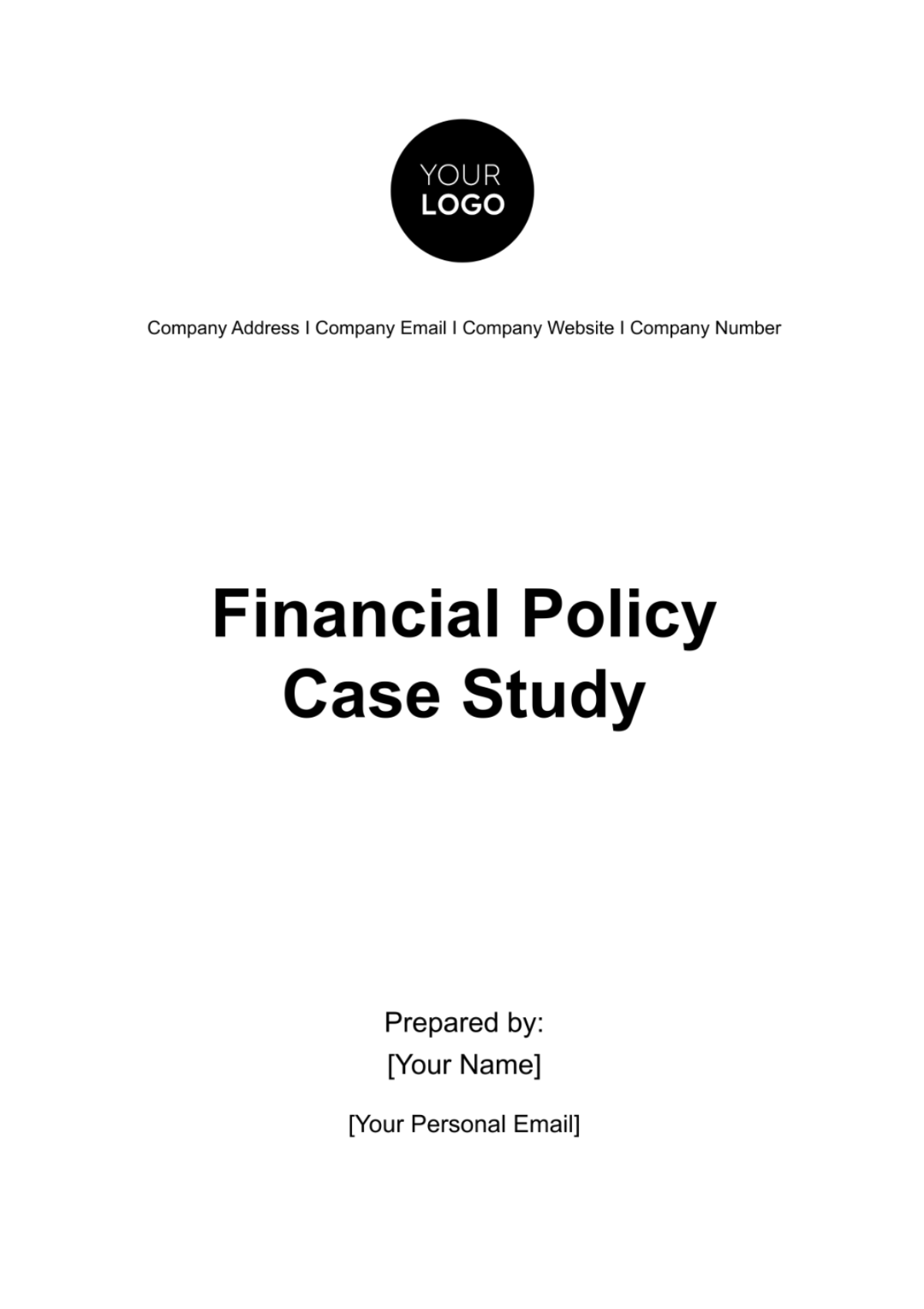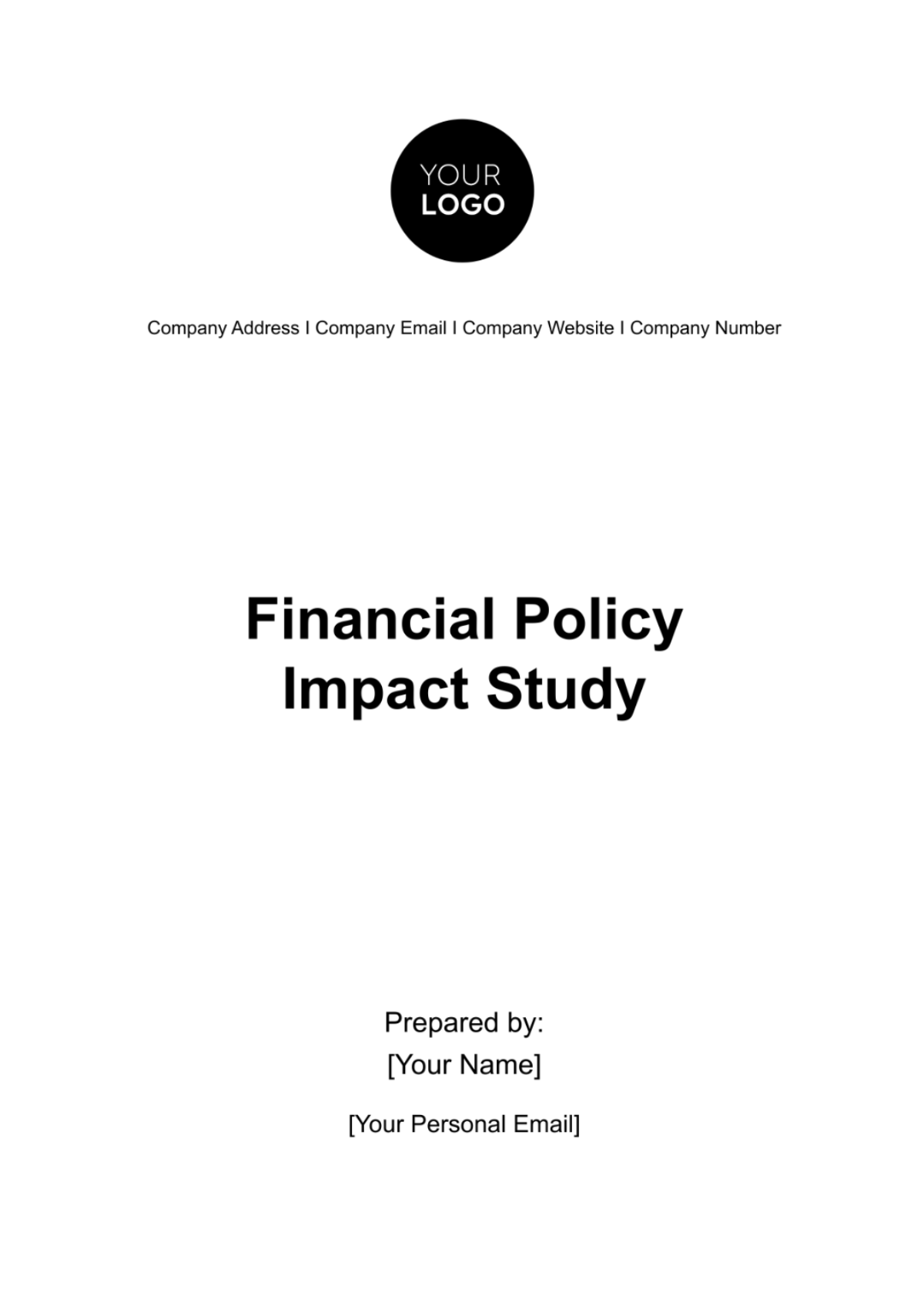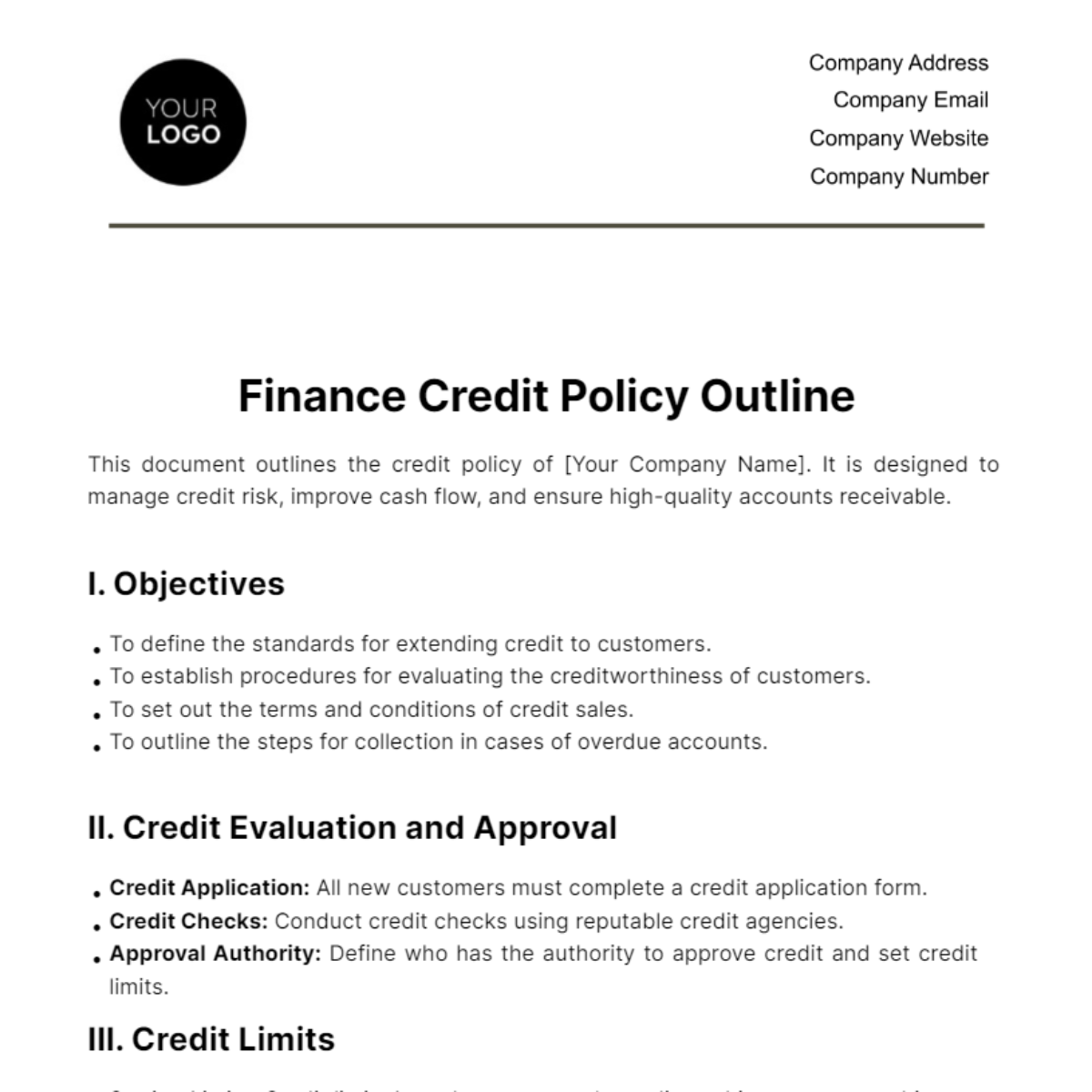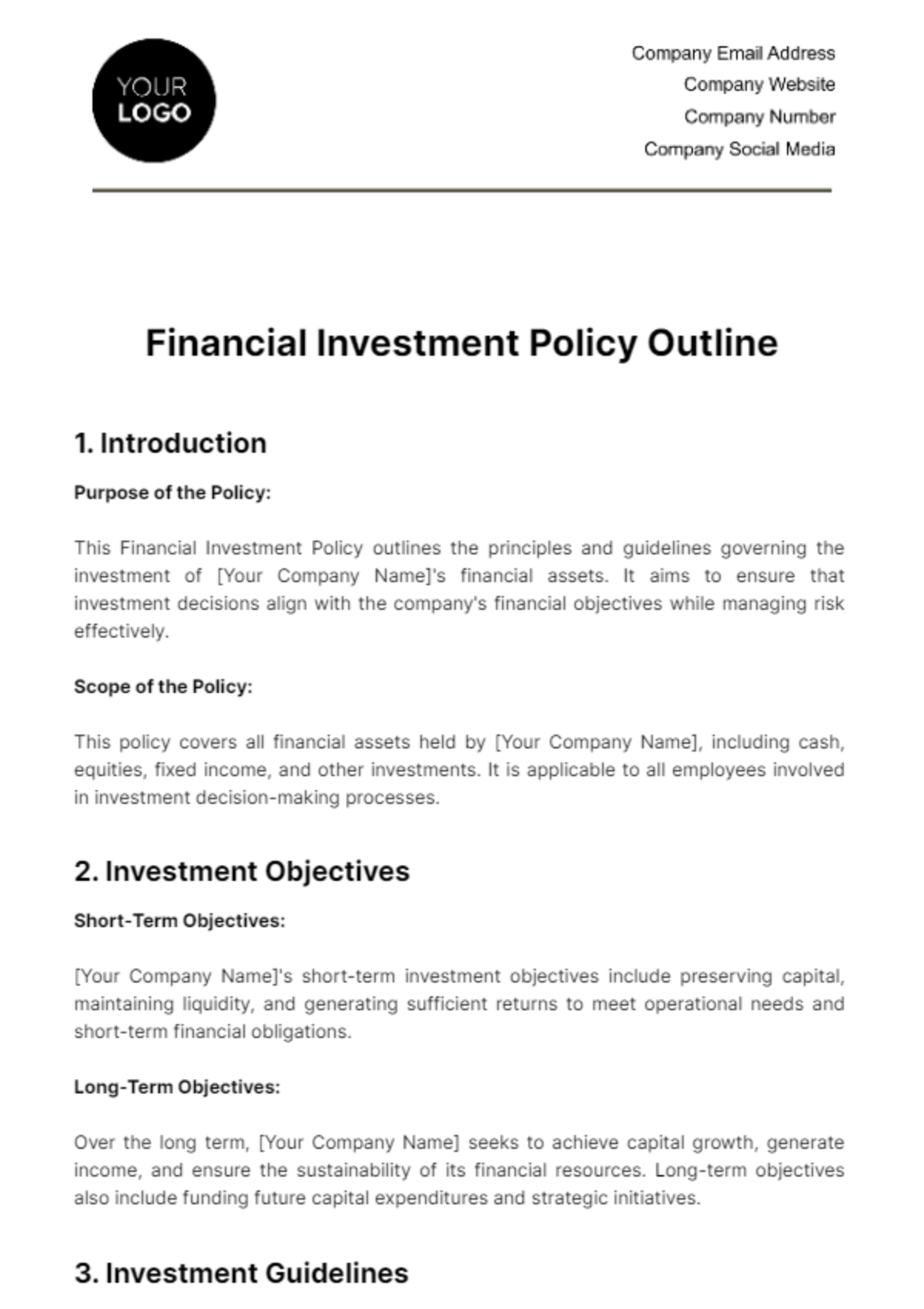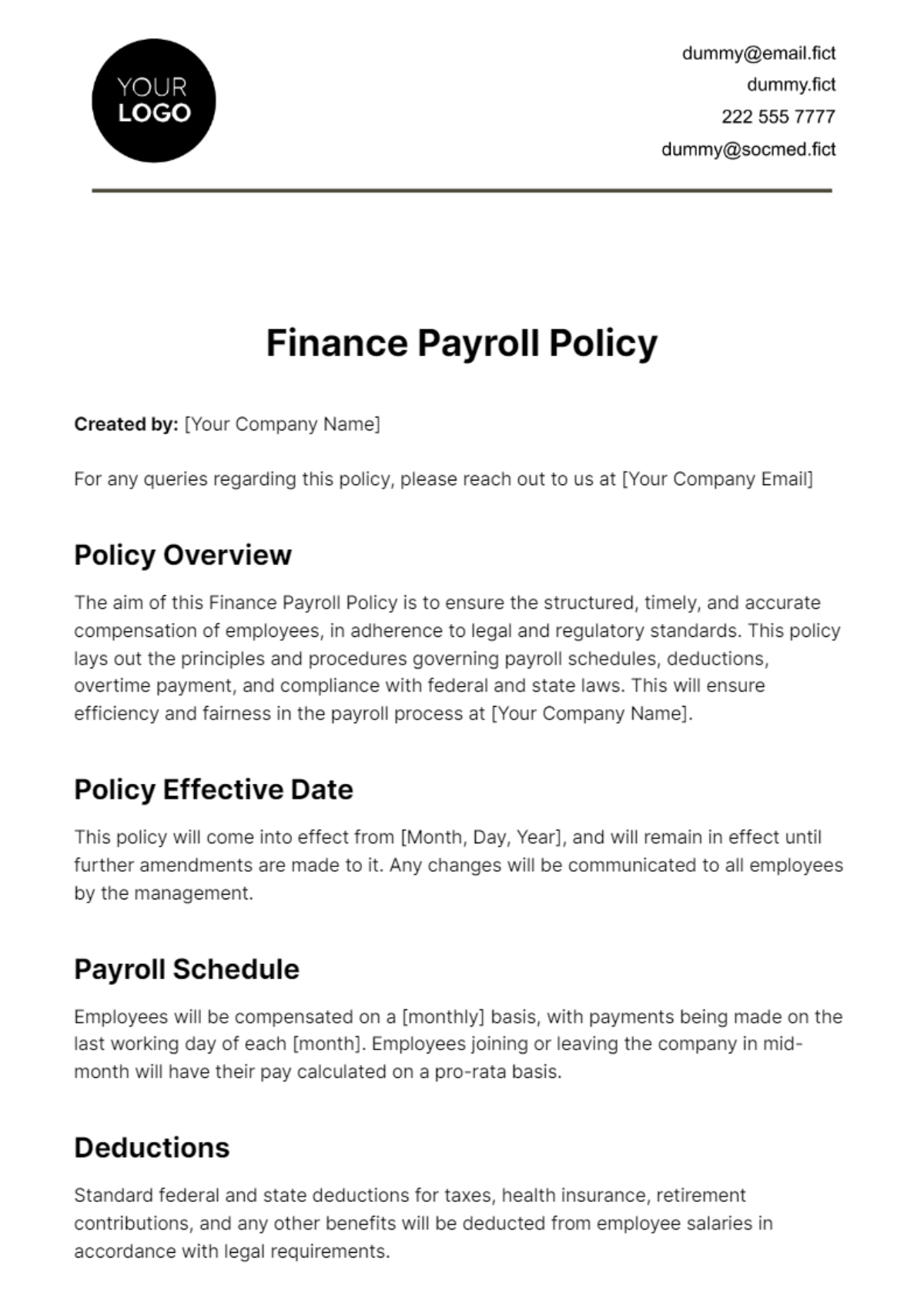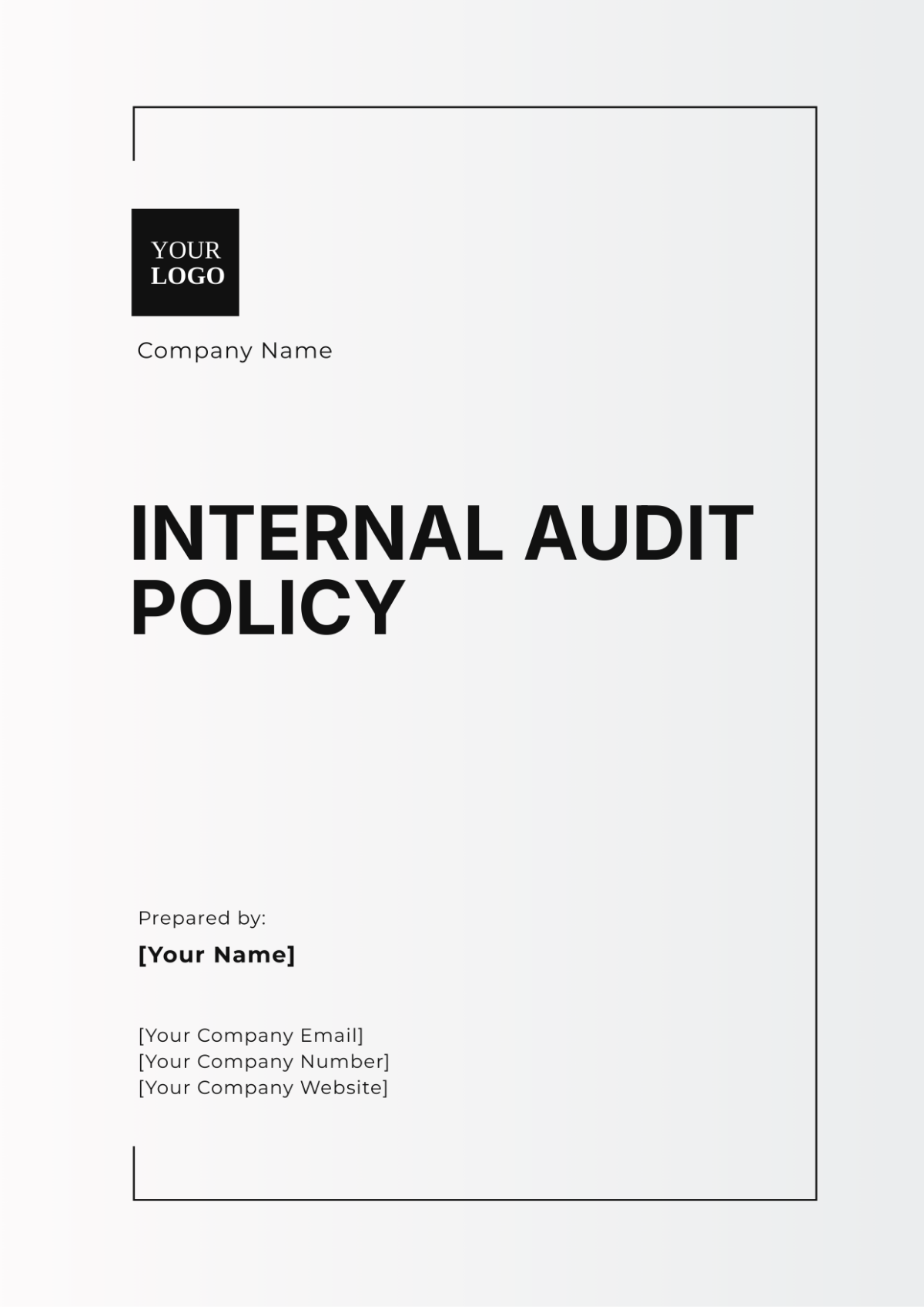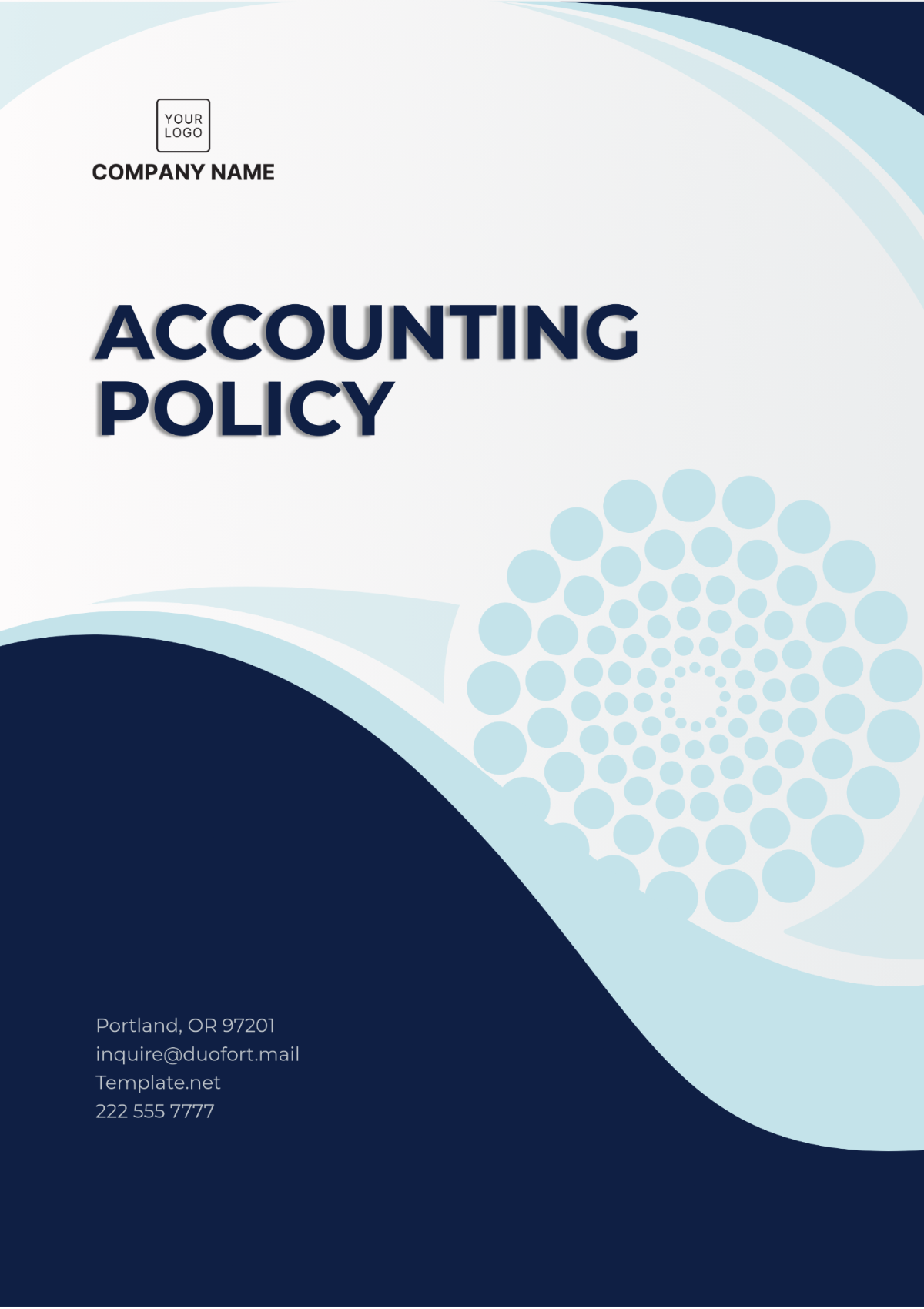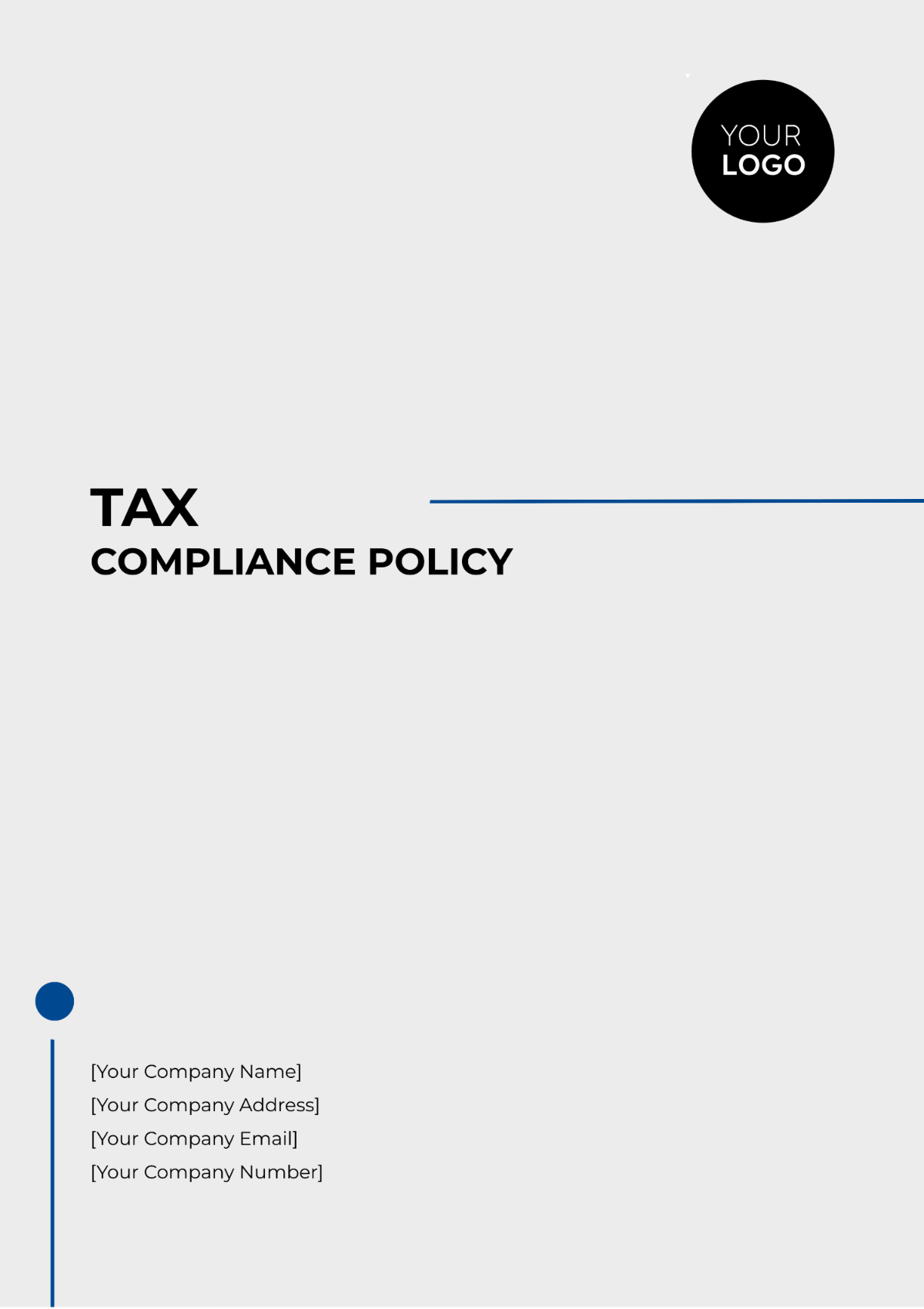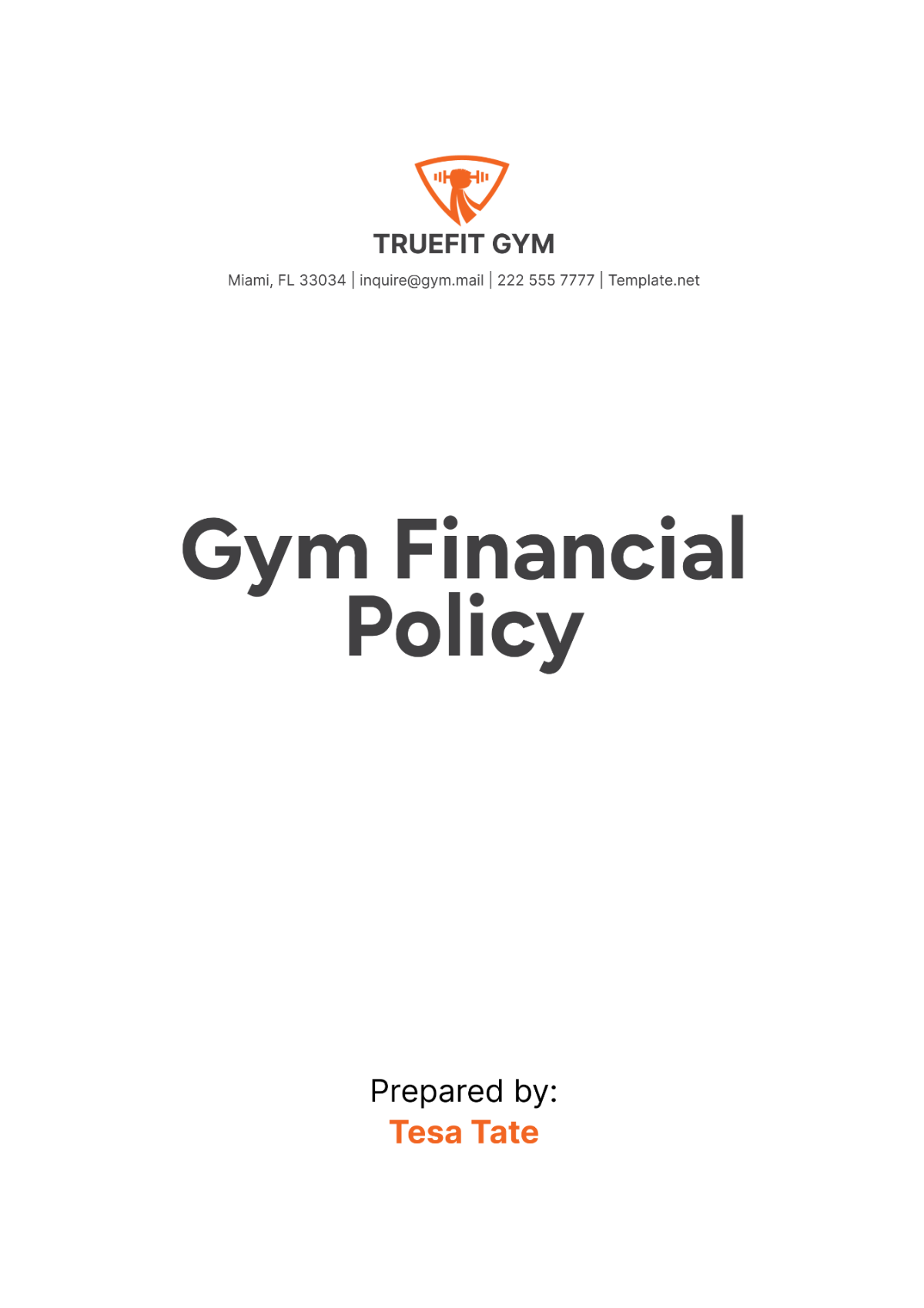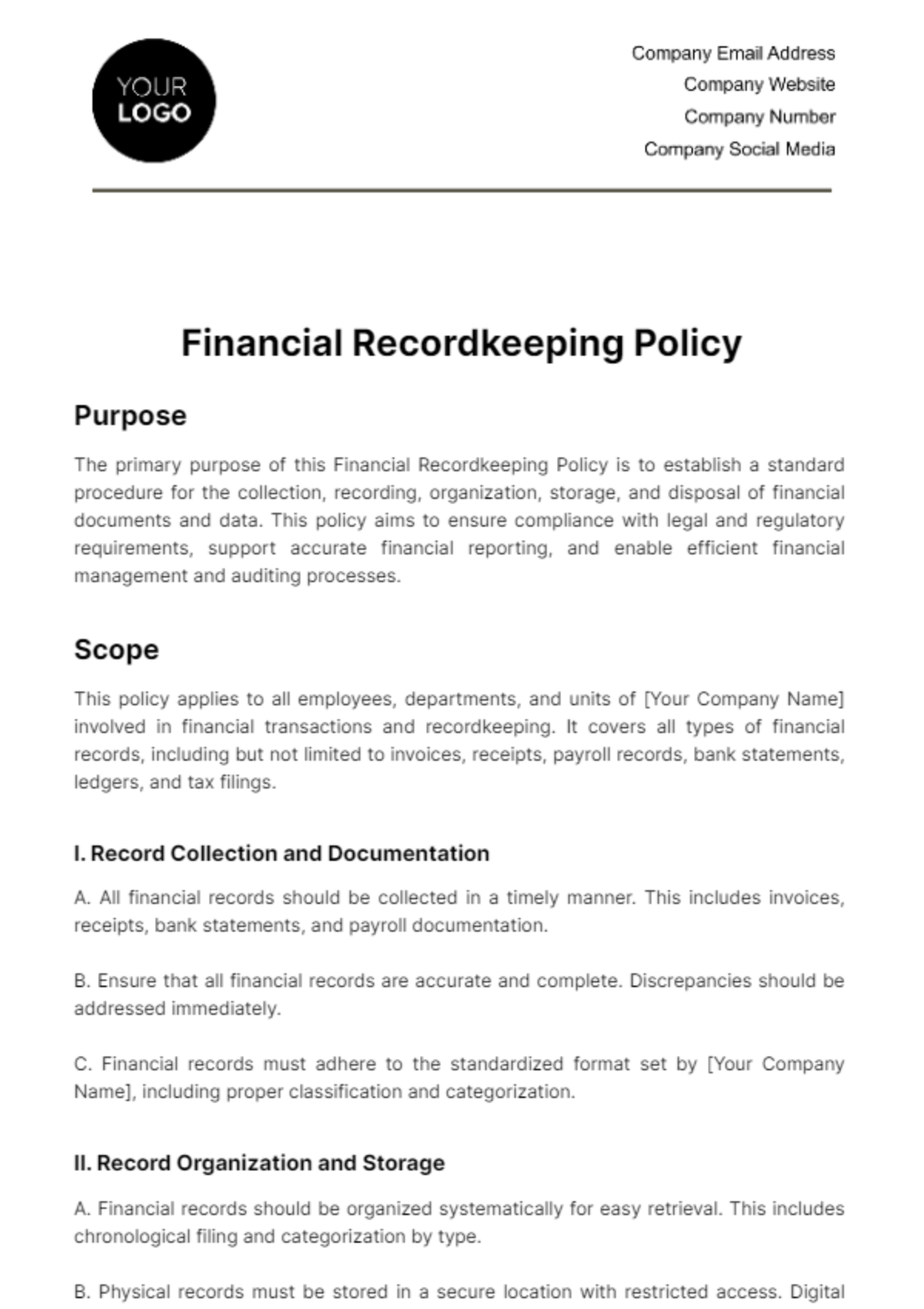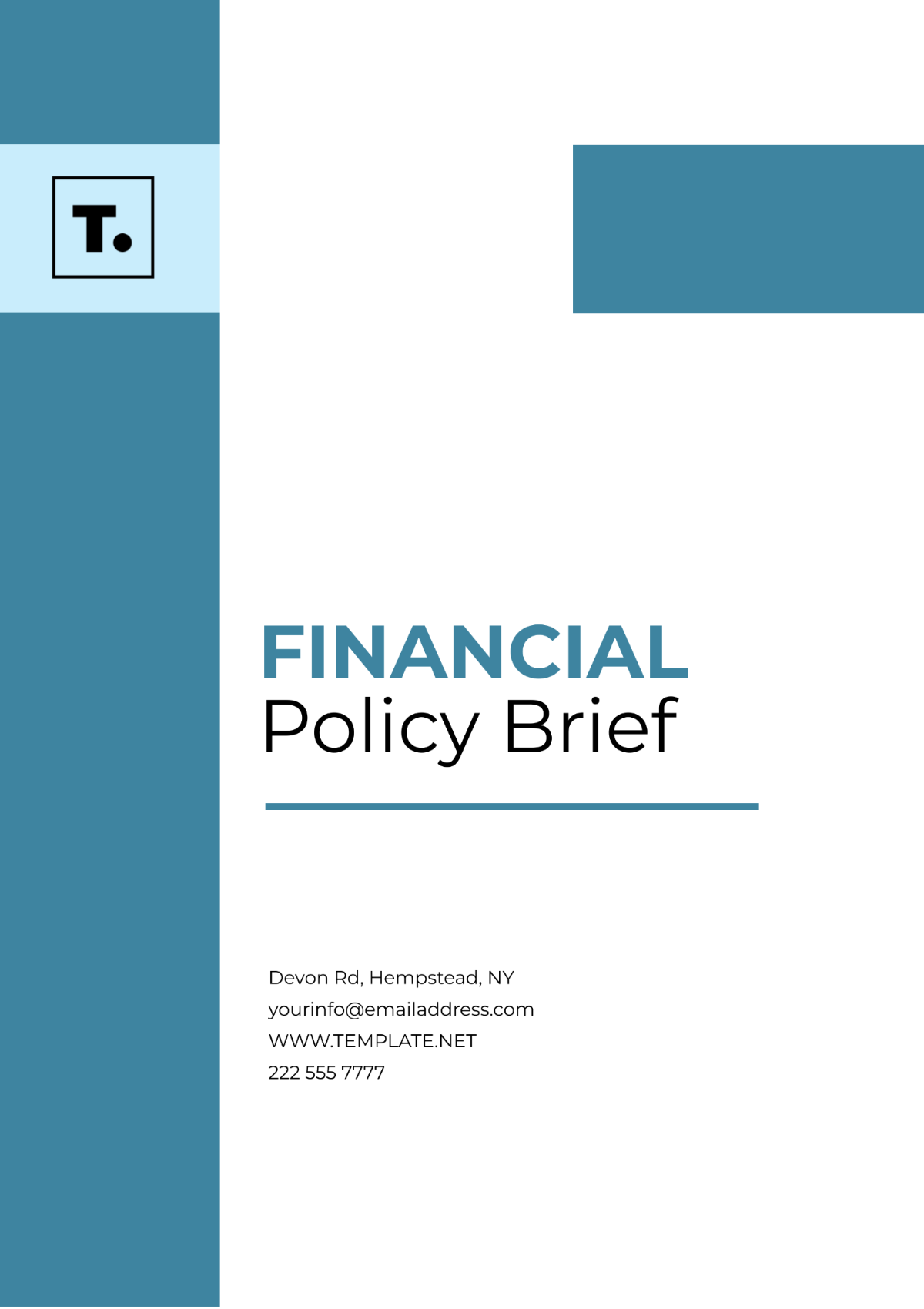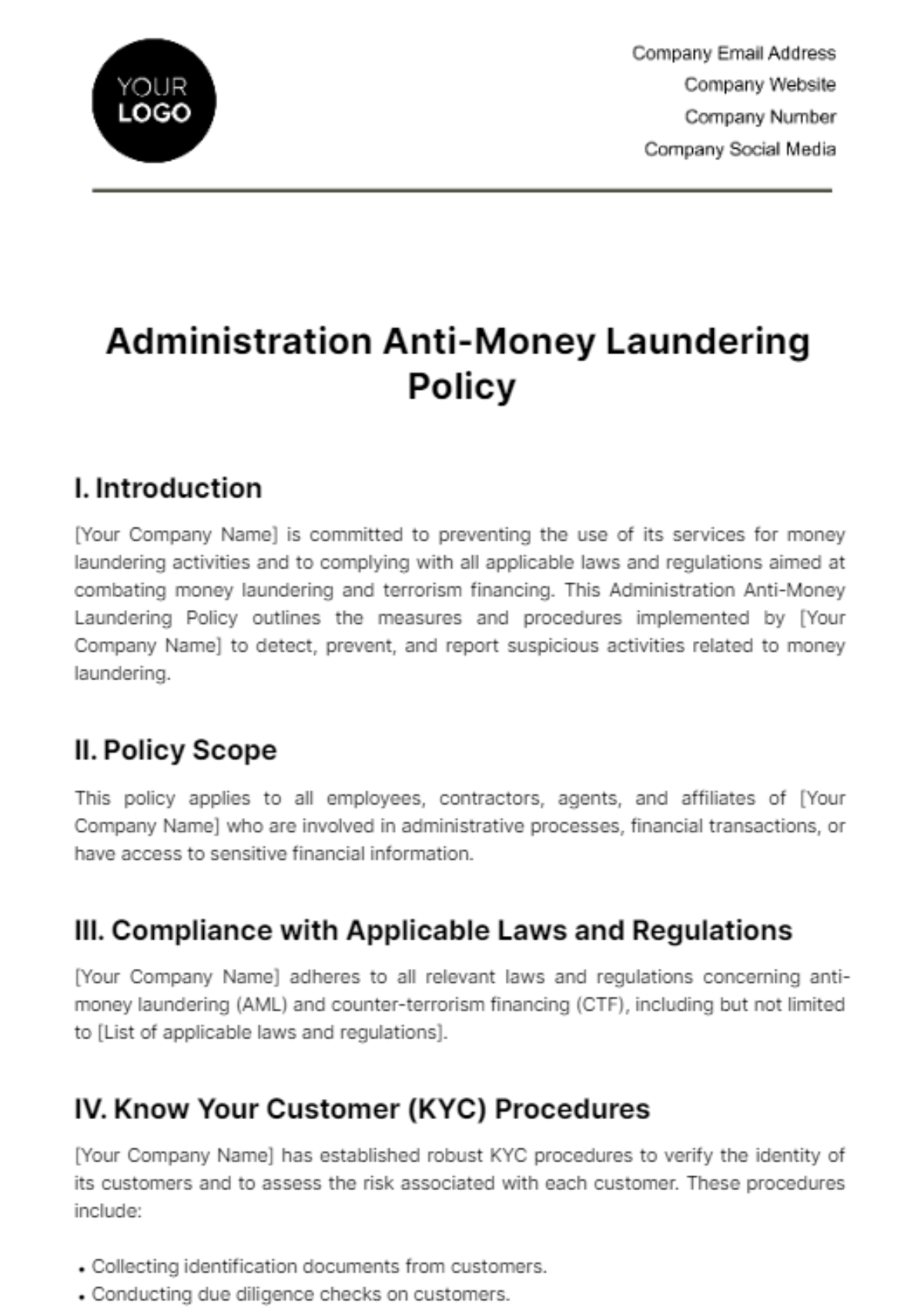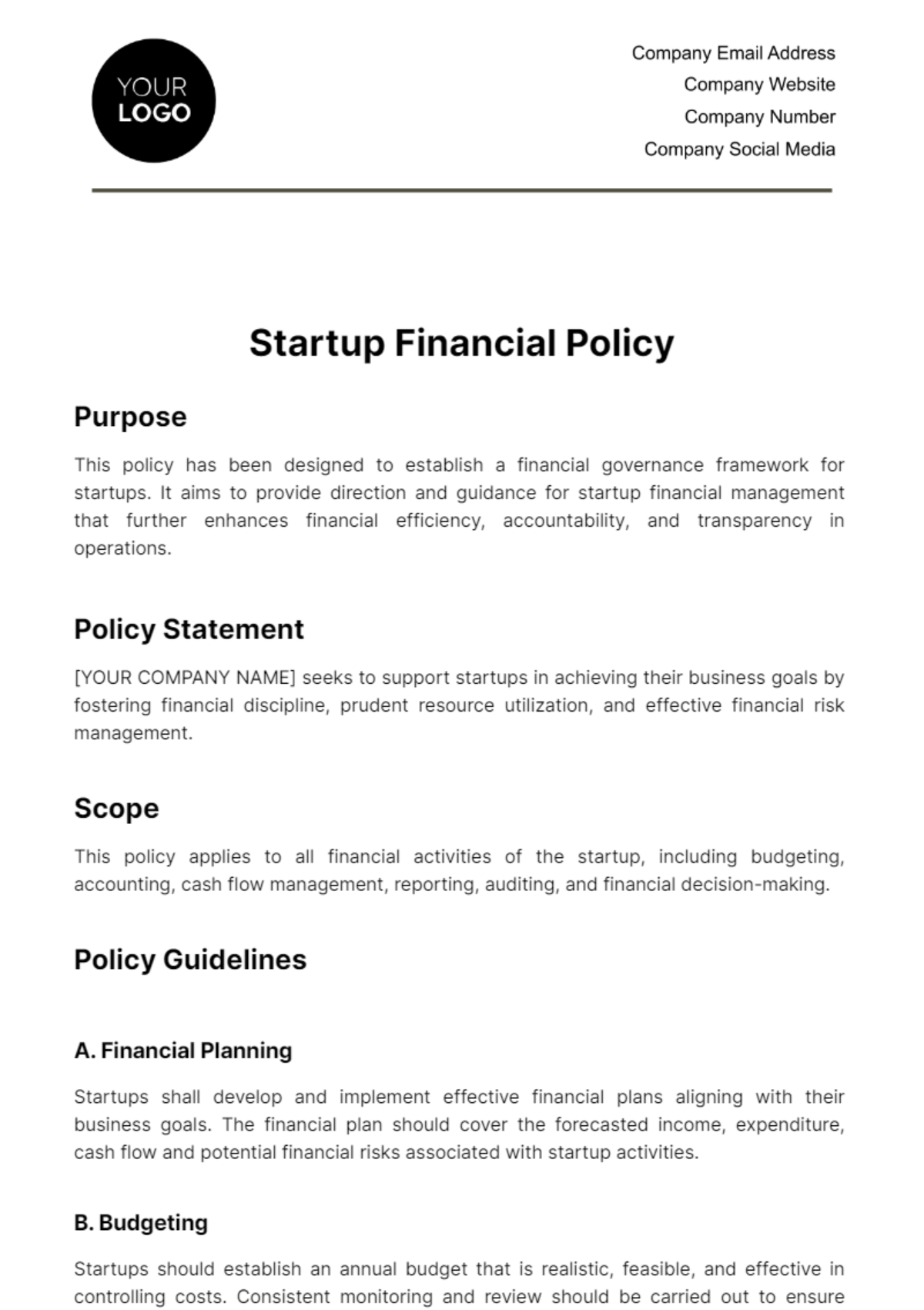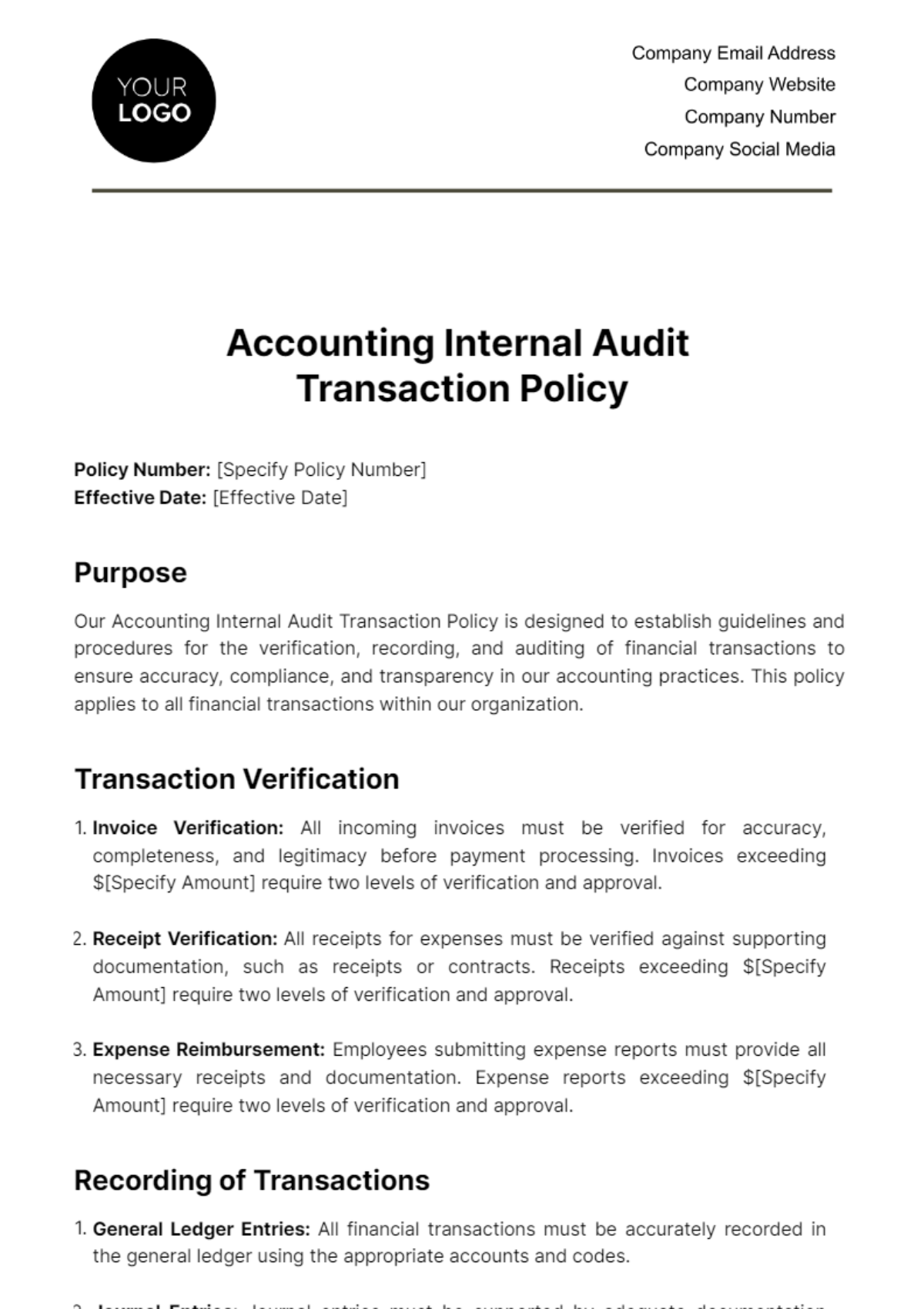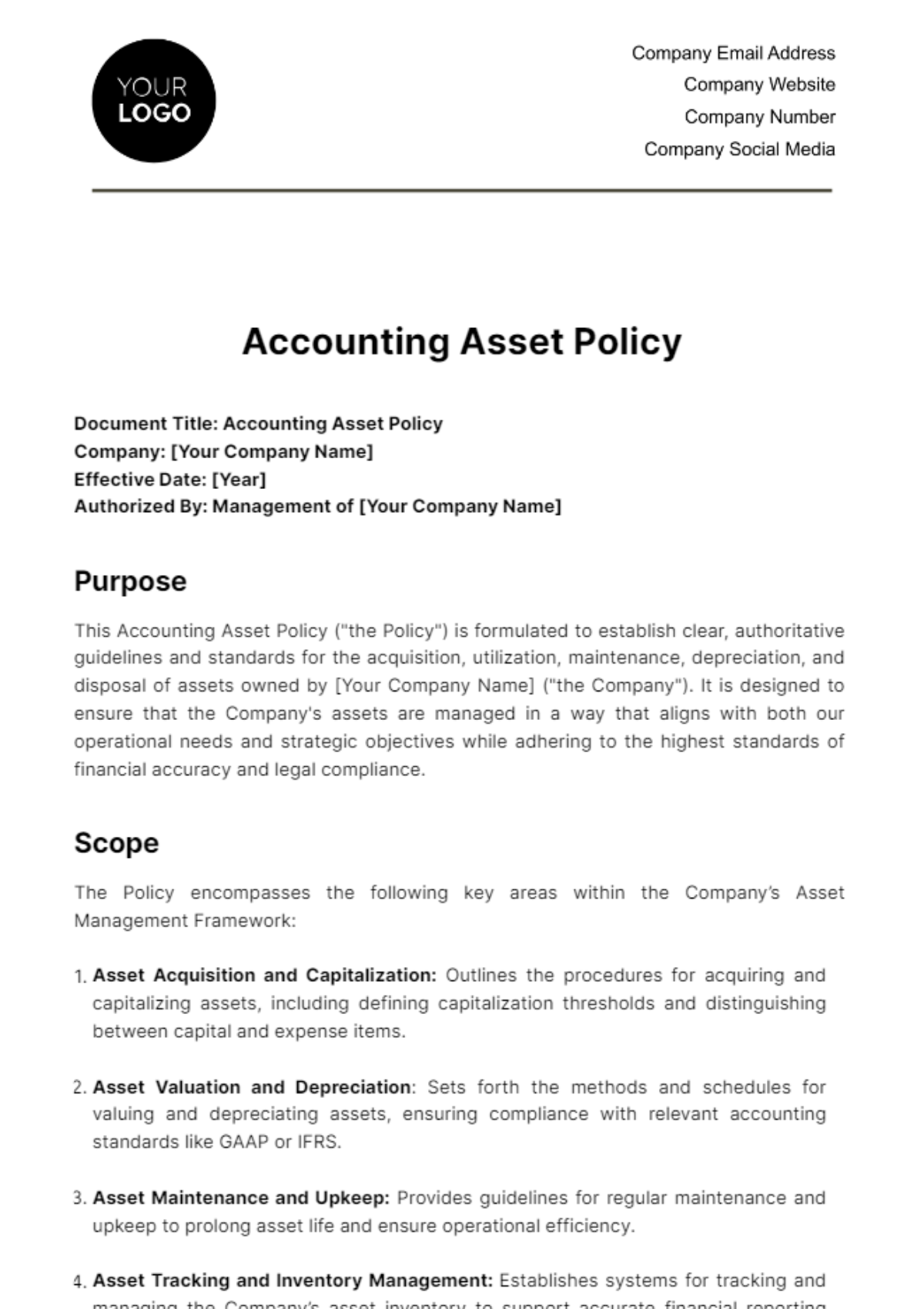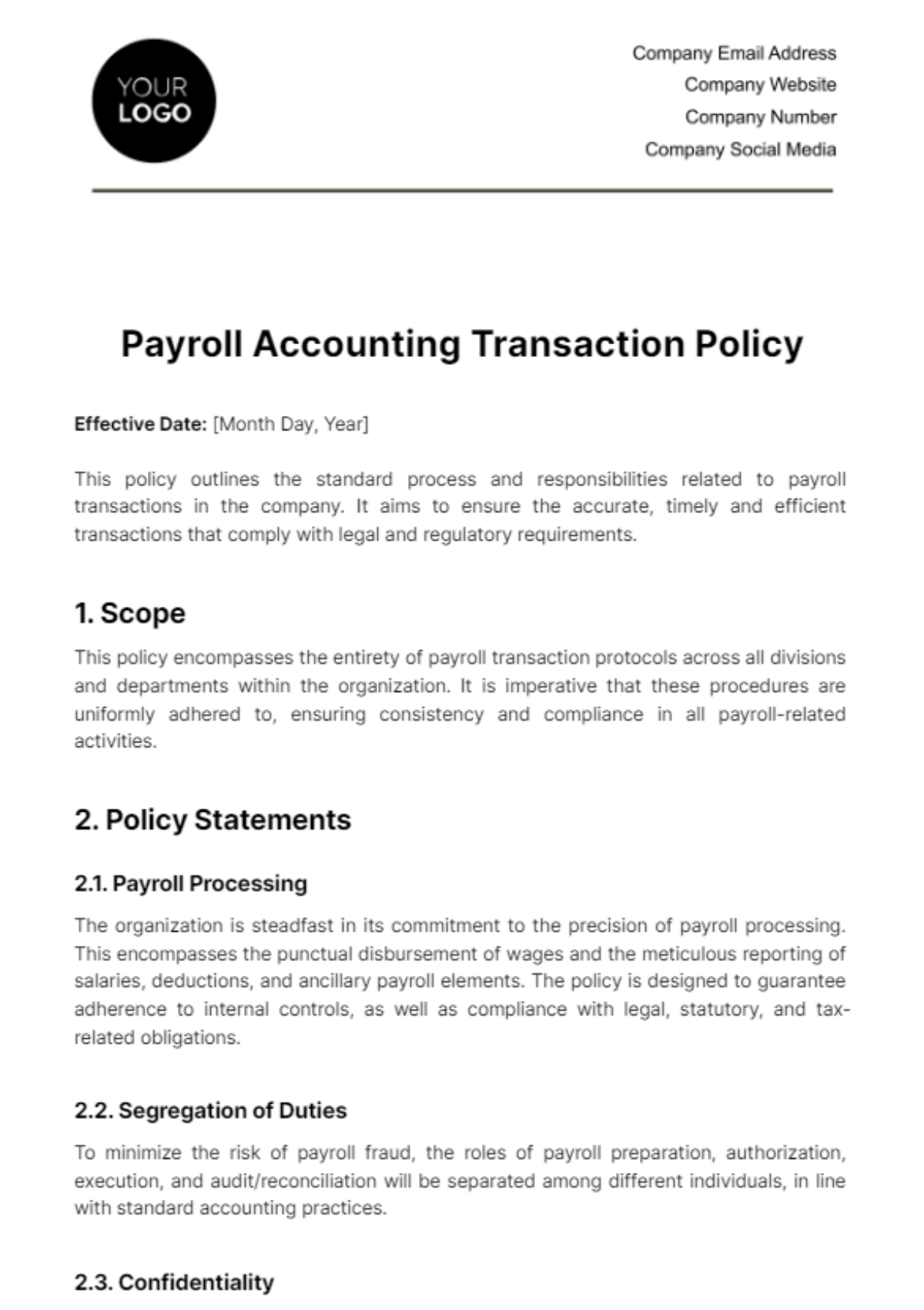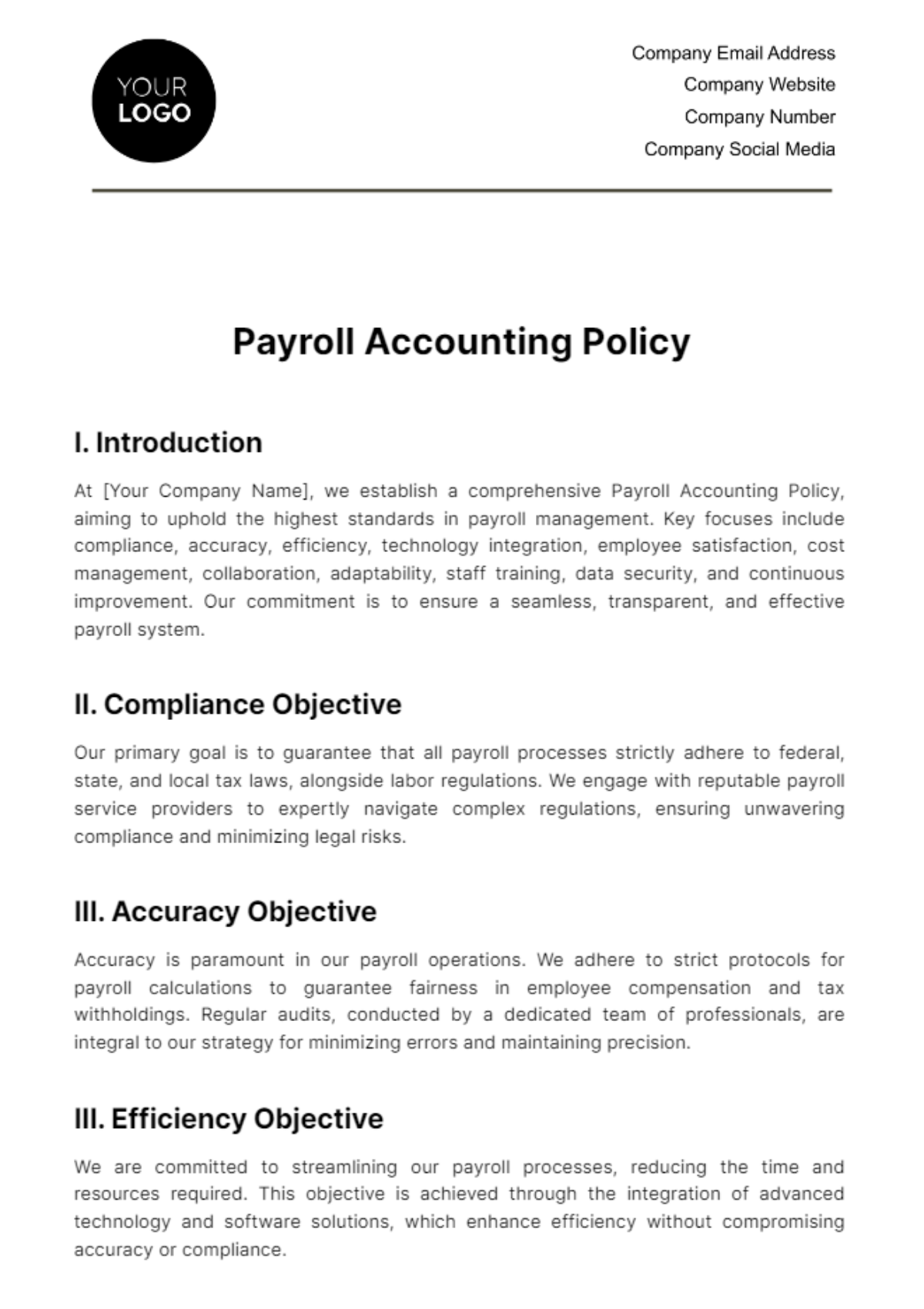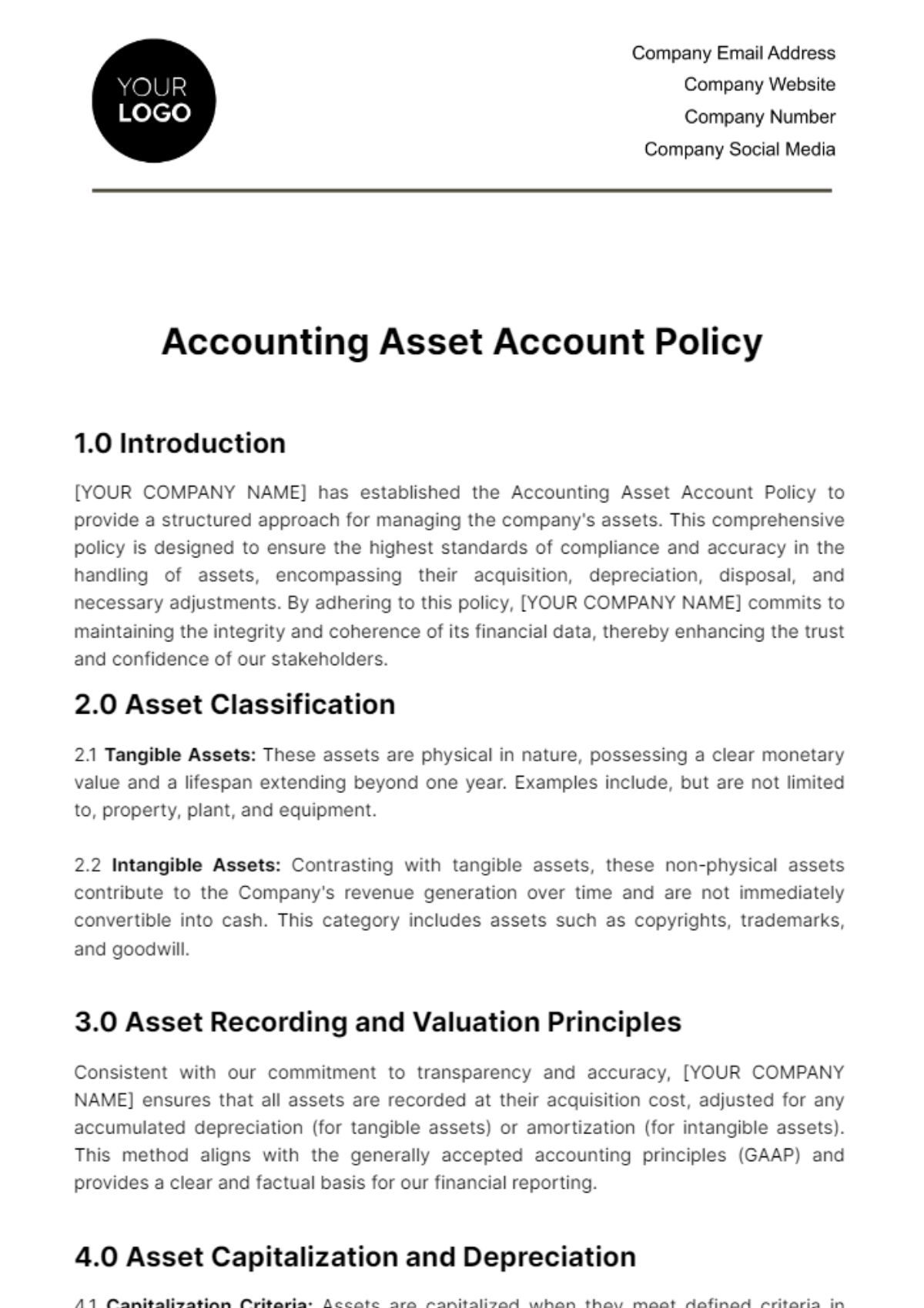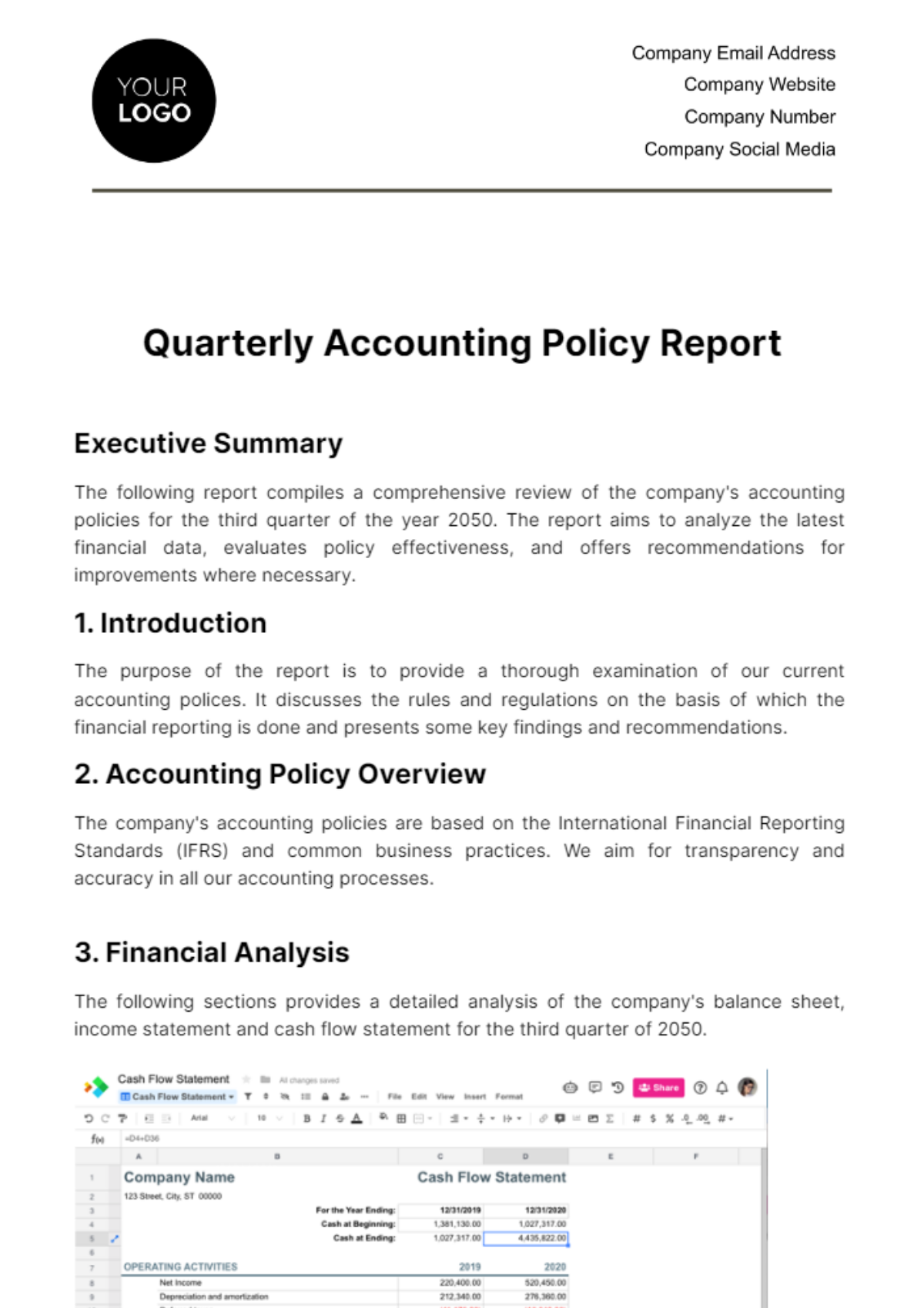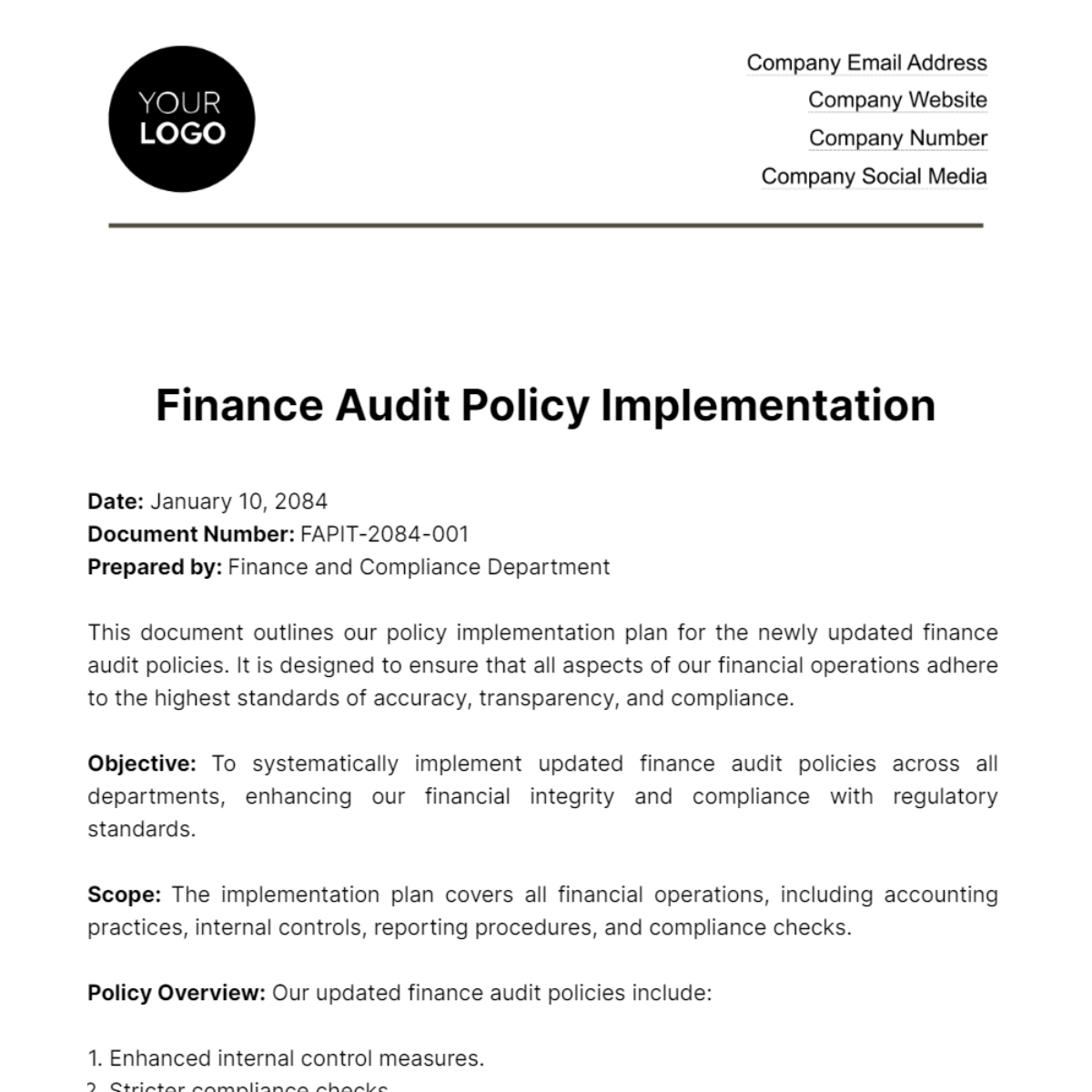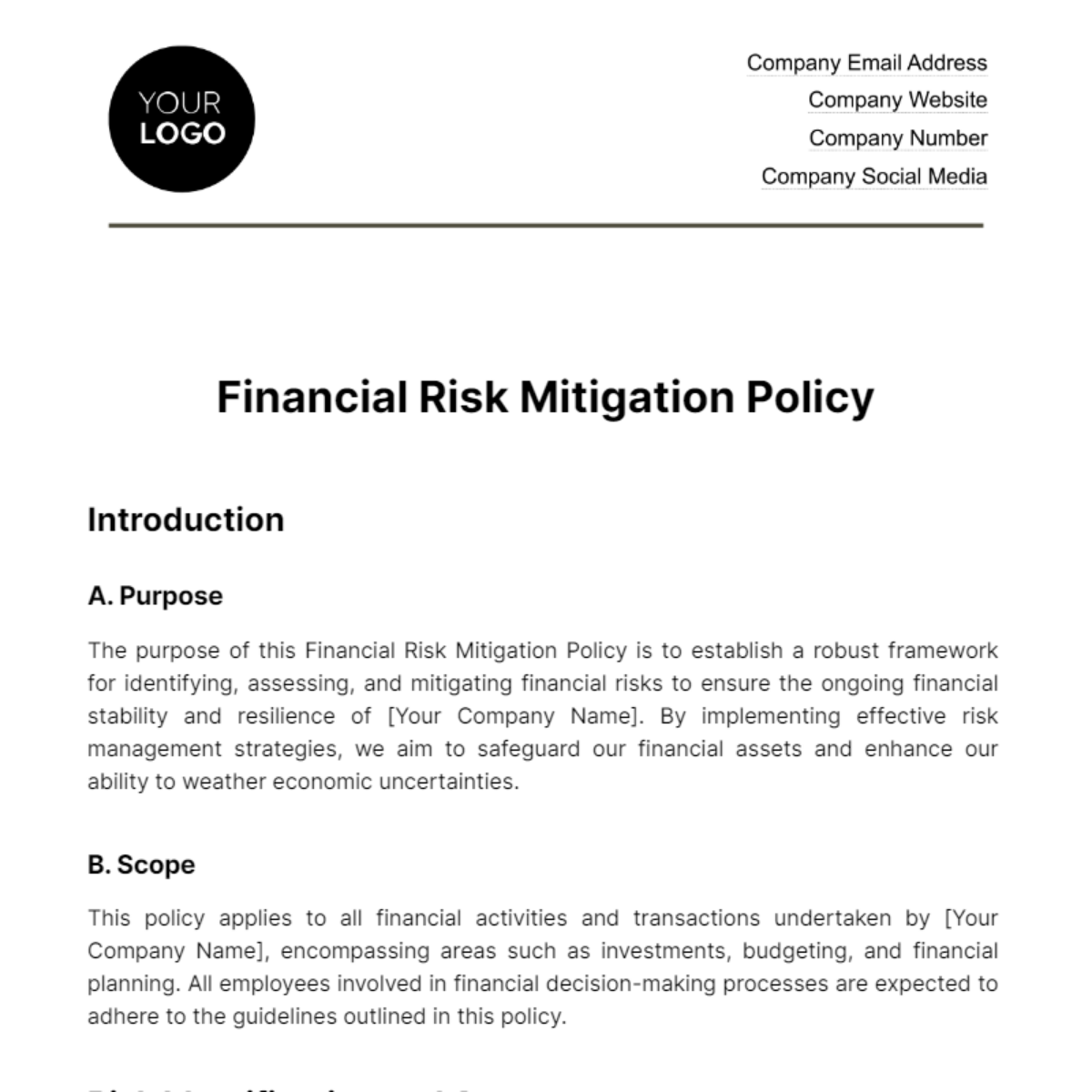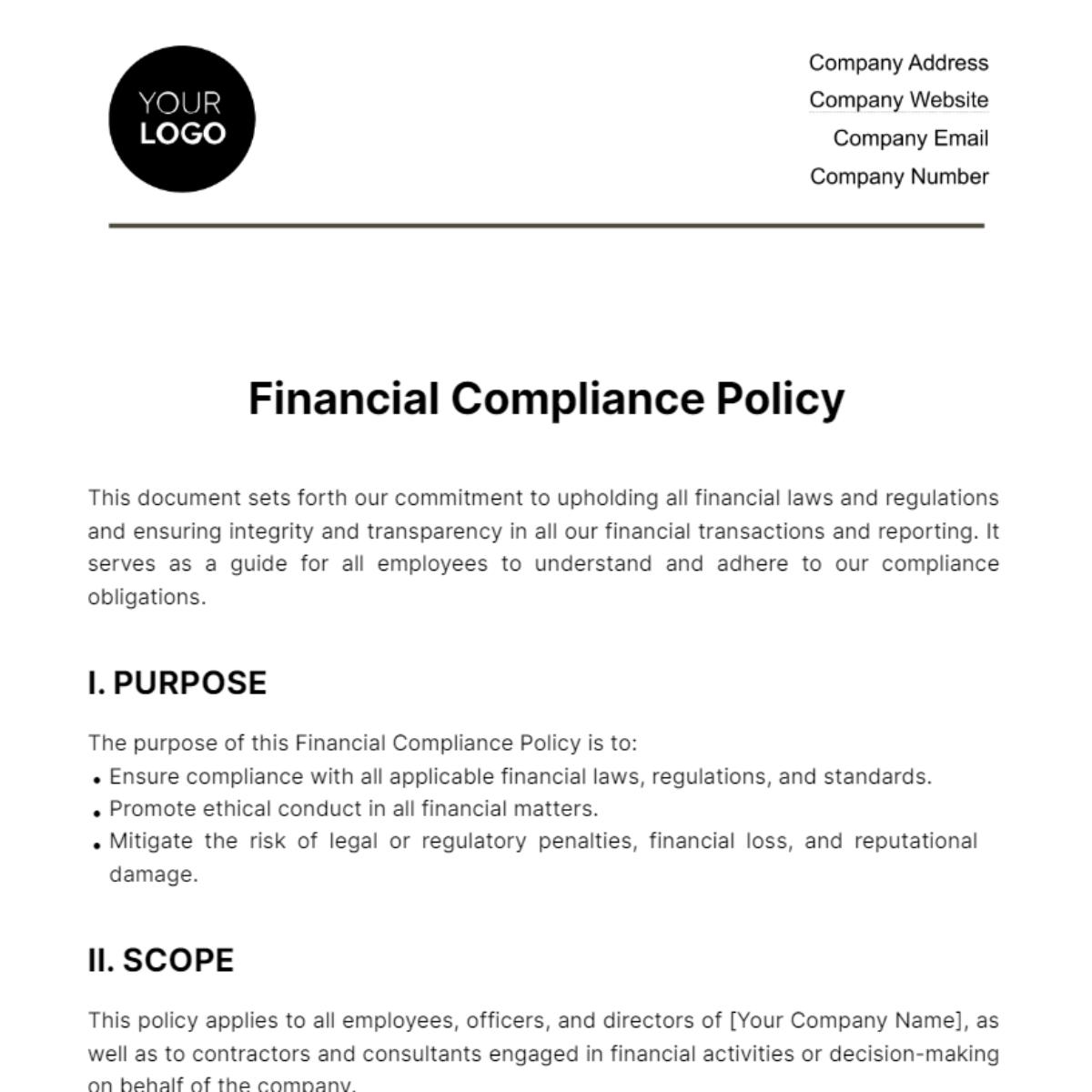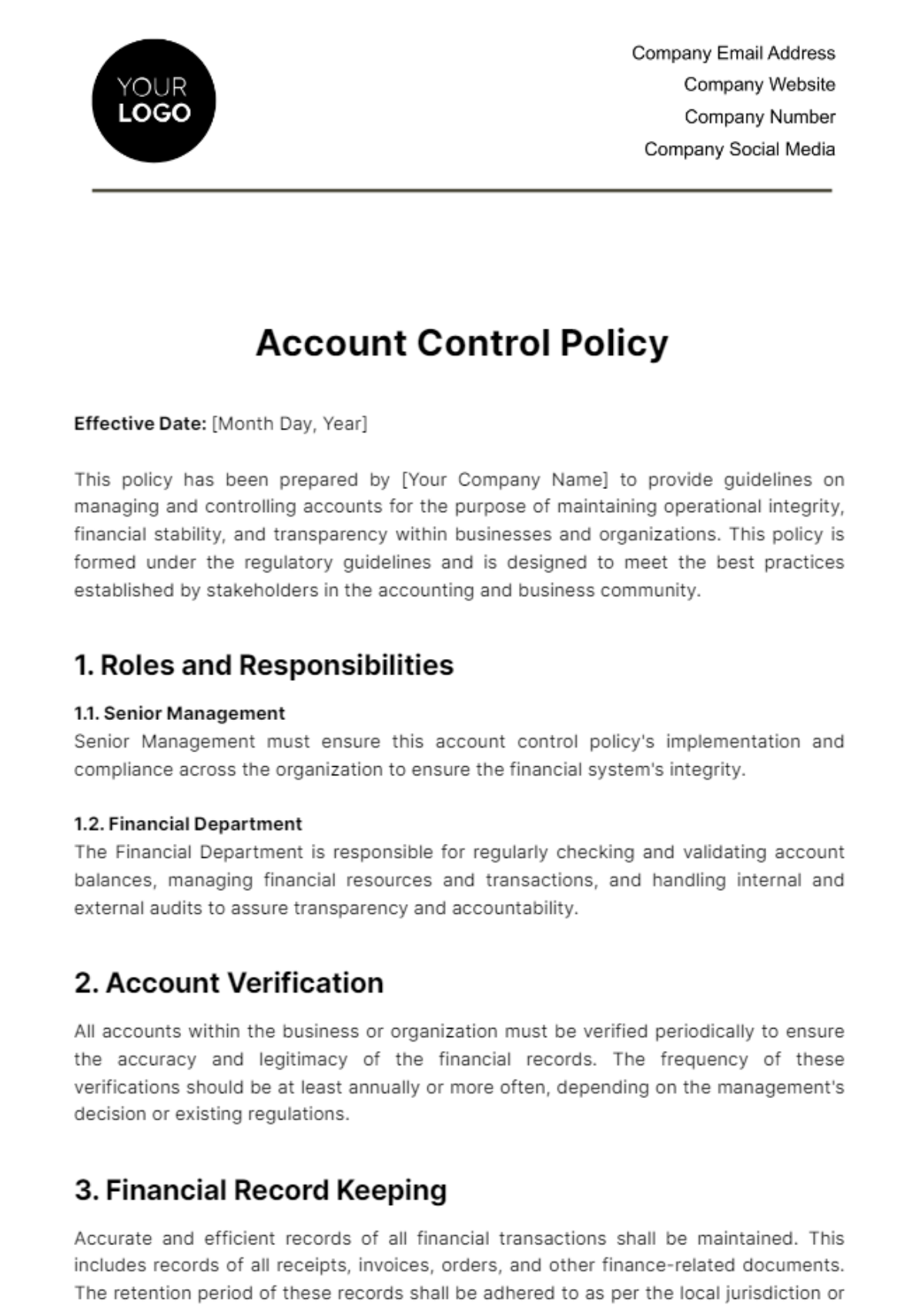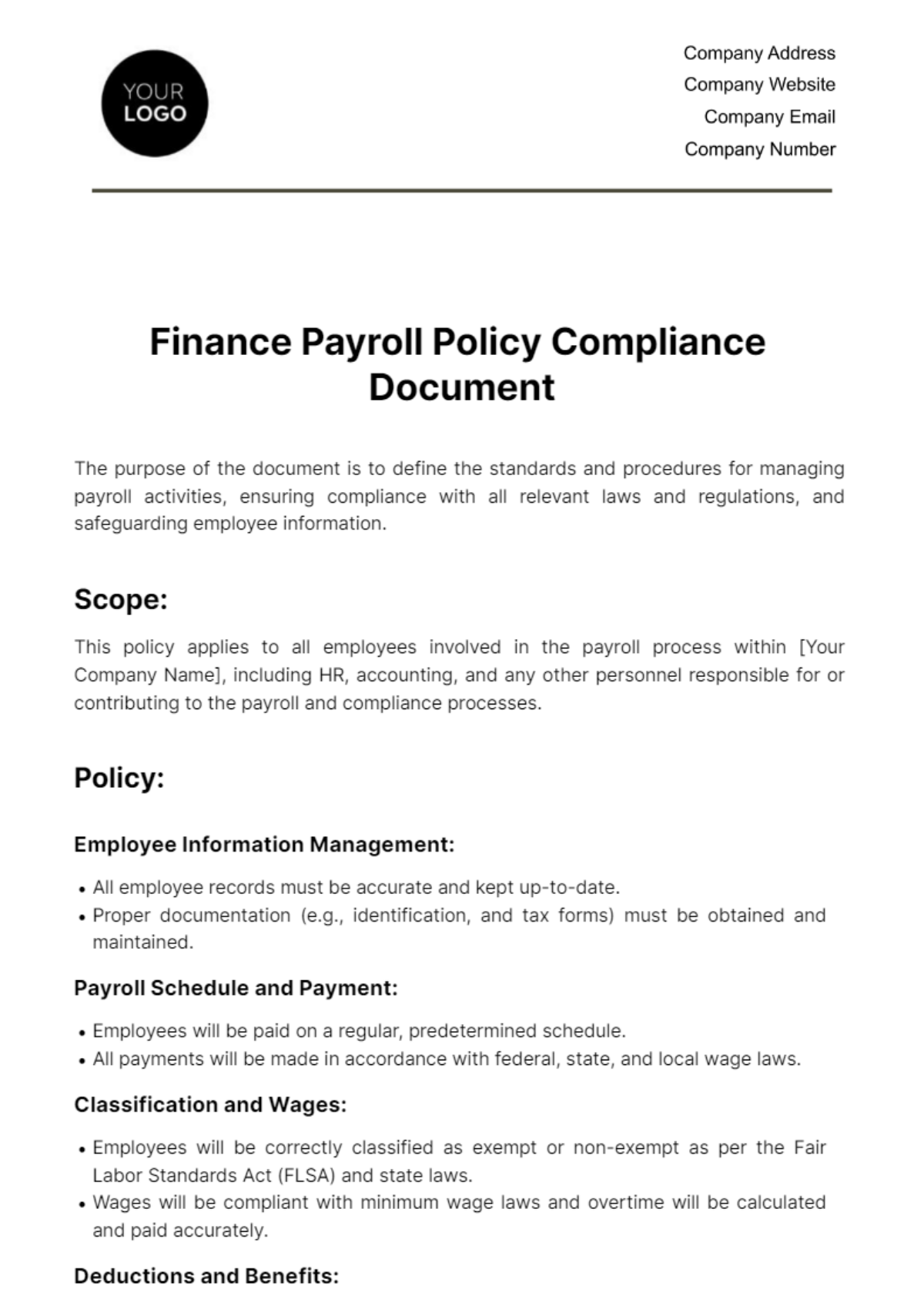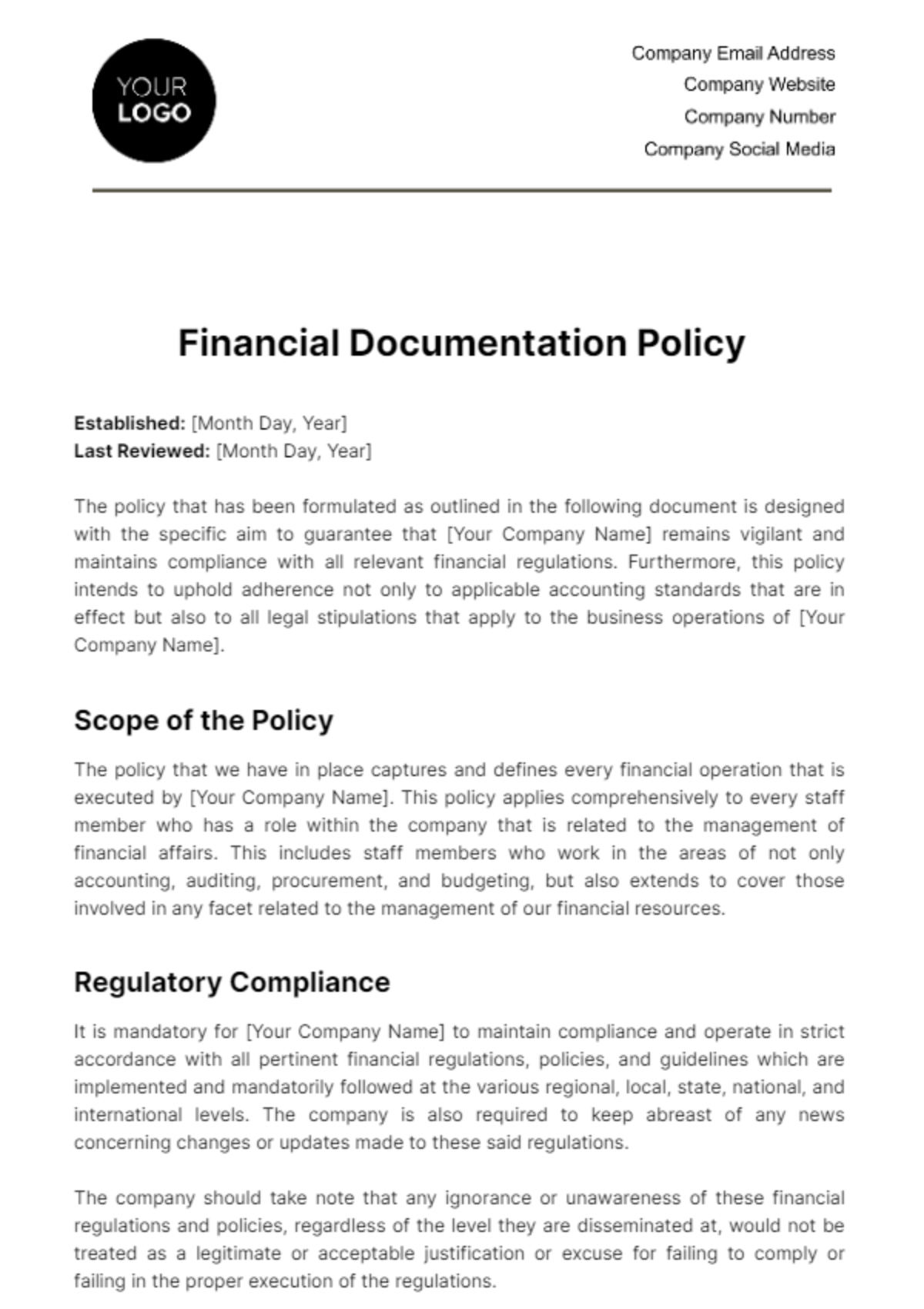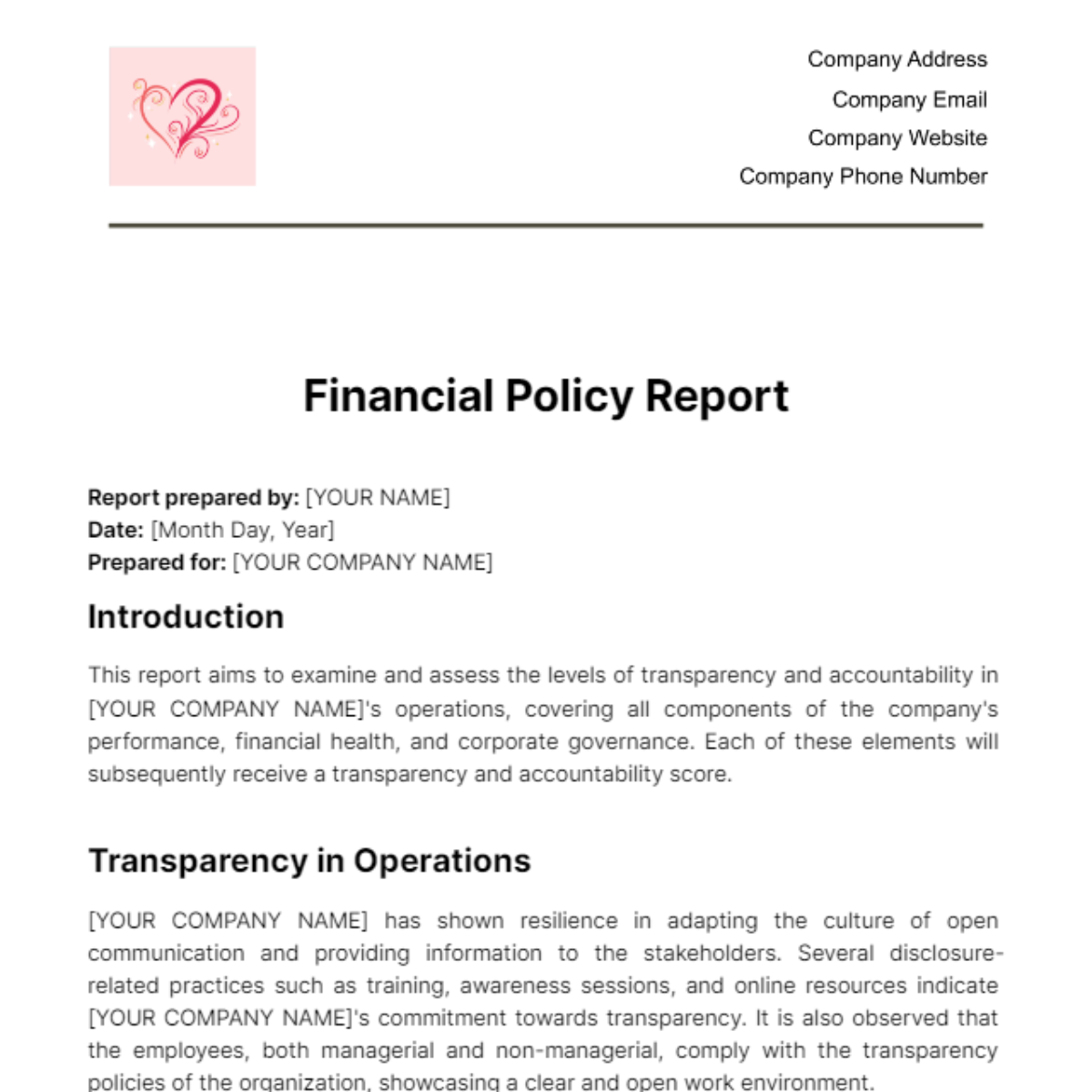Internal Audit Policy
1. Introduction
This report presents a detailed audit of the internal audit policy for [Your Company Name]. The audit's goal is to assess the effectiveness, compliance, and operational efficiency of the internal audit policies, ensuring they align with regulatory standards and industry best practices. This review aims to identify areas for improvement and offer actionable insights to strengthen the internal audit framework and its implementation.
2. Audit Objectives
The main objectives of this internal audit are to:
Ensure Compliance: Verify that internal audit policies adhere to applicable regulatory, organizational, and industry standards.
Enhance Internal Processes: Pinpoint opportunities to improve the internal audit process, particularly in terms of procedure adherence and efficiency.
Assess Efficiency and Effectiveness: Evaluate how well the current policies contribute to efficient operations and effective issue identification and mitigation.
Provide Recommendations: Suggest improvements that enhance the audit framework and increase the organization's overall governance and risk management capabilities.
3. Methodology
The audit employed a combination of quantitative and qualitative methods, including:
Policy and Procedure Review: Detailed examination of all existing internal audit policies and standard operating procedures (SOPs) to ensure comprehensive coverage.
Stakeholder Interviews: Conducted in-depth interviews with key personnel, including internal auditors, department heads, and compliance officers, to gather insights on the execution of policies.
Document Analysis: Analysis of past audit reports, findings, and related documentation to identify trends in performance, compliance, and areas requiring attention.
Benchmarking: Comparison of the organization’s policies with industry standards and best practices to identify gaps and areas for improvement.
4. Findings
The audit identified key findings across three critical areas: compliance, efficiency, and effectiveness.
4.1 Compliance
The internal audit policies show high adherence to regulatory standards. However, there are opportunities to fine-tune the documentation processes to ensure more accurate record-keeping.
Area | Compliance Level | Remarks |
|---|---|---|
Documentation | 90% | Minor inconsistencies were noted in the archiving and organization of records, particularly in cross-referencing past audits. |
Reporting | 95% | Reports follow the required format and standards, though improvements in data clarity and presentation would enhance overall compliance. |
4.2 Efficiency
Efficiency was evaluated based on time management, resource allocation, and the use of technology in the internal audit process.
Timeliness: Most audit reports are submitted within the designated timeframes, but opportunities exist to expedite the review and approval stages.
Automation: There is limited use of automated tools, which could improve workflow, data analytics, and overall productivity. Leveraging automated systems can reduce manual errors and improve data accuracy.
4.3 Effectiveness
Effectiveness was assessed by reviewing the audit's ability to identify risks, areas of non-compliance, and the robustness of follow-up actions.
Issue Identification: Internal audits have been effective in identifying critical compliance issues and potential risks, providing an accurate risk profile of the organization.
Follow-up Actions: While audits efficiently flag issues, the follow-up on addressing findings needs improvement. Delays in implementing corrective actions result in prolonged risk exposure.
5. Recommendations
To address the findings, the following recommendations are proposed:
Strengthen Documentation Protocols: Ensure documentation is accurate and comprehensive. Implement a standardized template for record-keeping and cross-referencing that captures every aspect of the audit process.
Adopt Automation Tools: Invest in audit management software and analytics tools that streamline audit activities, from data gathering to report generation. This will enhance data accuracy, reduce manual workload, and speed up the audit process.
Improve Follow-up Processes: Develop a structured follow-up mechanism with clear timelines and accountability for resolving audit findings. This includes tracking progress on corrective actions and incorporating periodic reviews to ensure long-term compliance.
Regular Training for Audit Personnel: Conduct ongoing training sessions for the audit team to keep them updated on emerging industry standards, technological advancements, and regulatory changes. This will improve both audit quality and operational performance.
Enhance Reporting Clarity: Simplify and enhance the clarity of audit reports by incorporating data visualization techniques (e.g., charts, and graphs) to better communicate key findings and trends.
6. Conclusion
The internal audit policy of [Your Company Name] demonstrates strong adherence to regulatory requirements and serves as an effective tool for managing risks and ensuring compliance. However, targeted improvements in documentation accuracy, process automation, and follow-up mechanisms will further enhance the audit's overall effectiveness and operational efficiency. By implementing the proposed recommendations, the organization can bolster its governance, risk management, and compliance framework, ensuring long-term sustainability and regulatory adherence.
Prepared by: [Your Name]
Date: June 10, 2050

